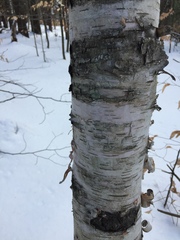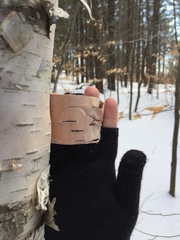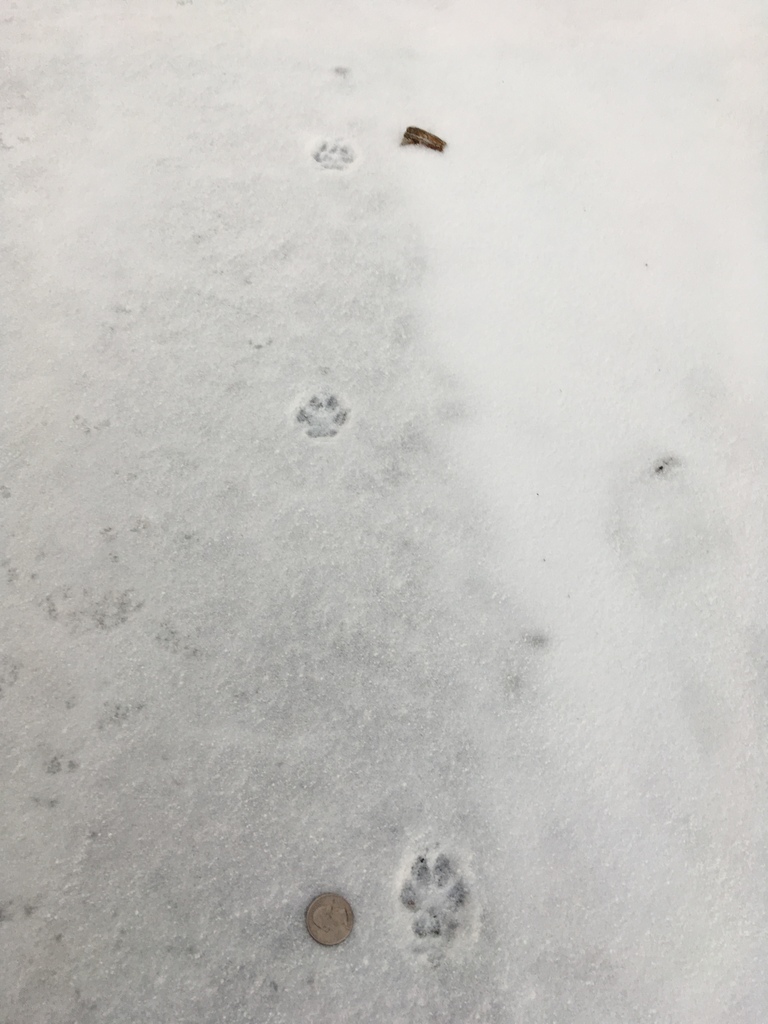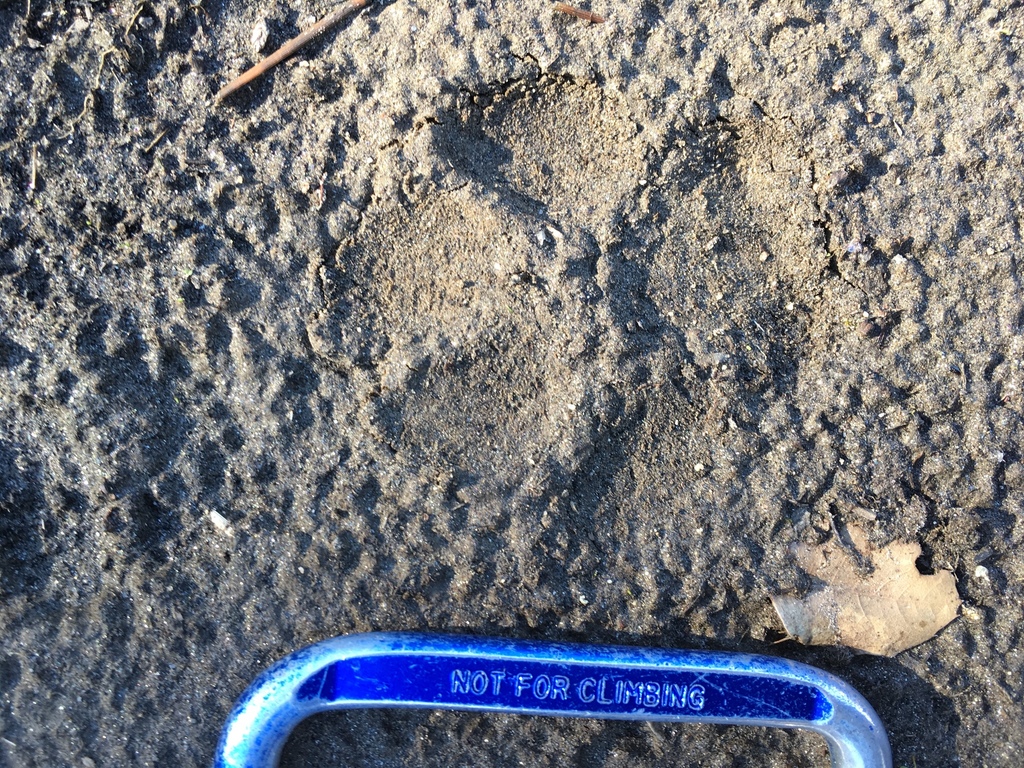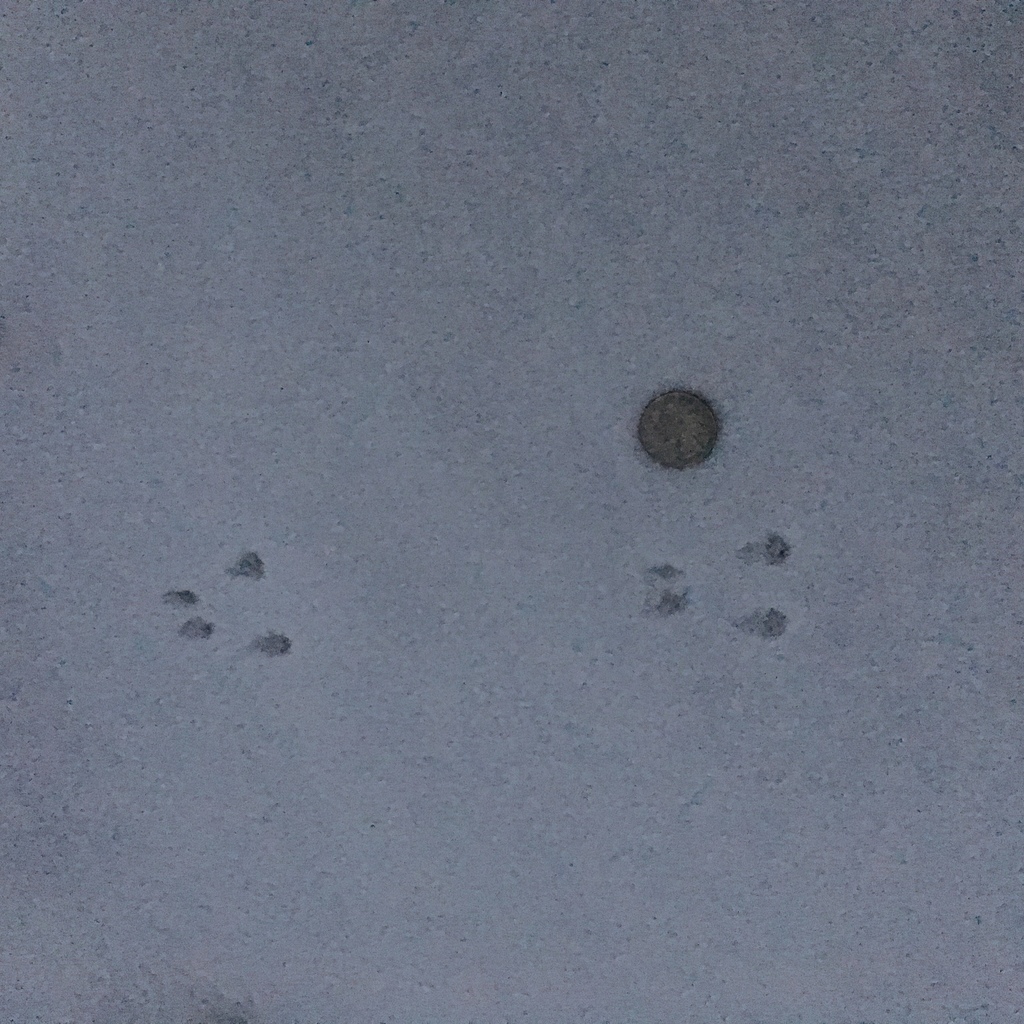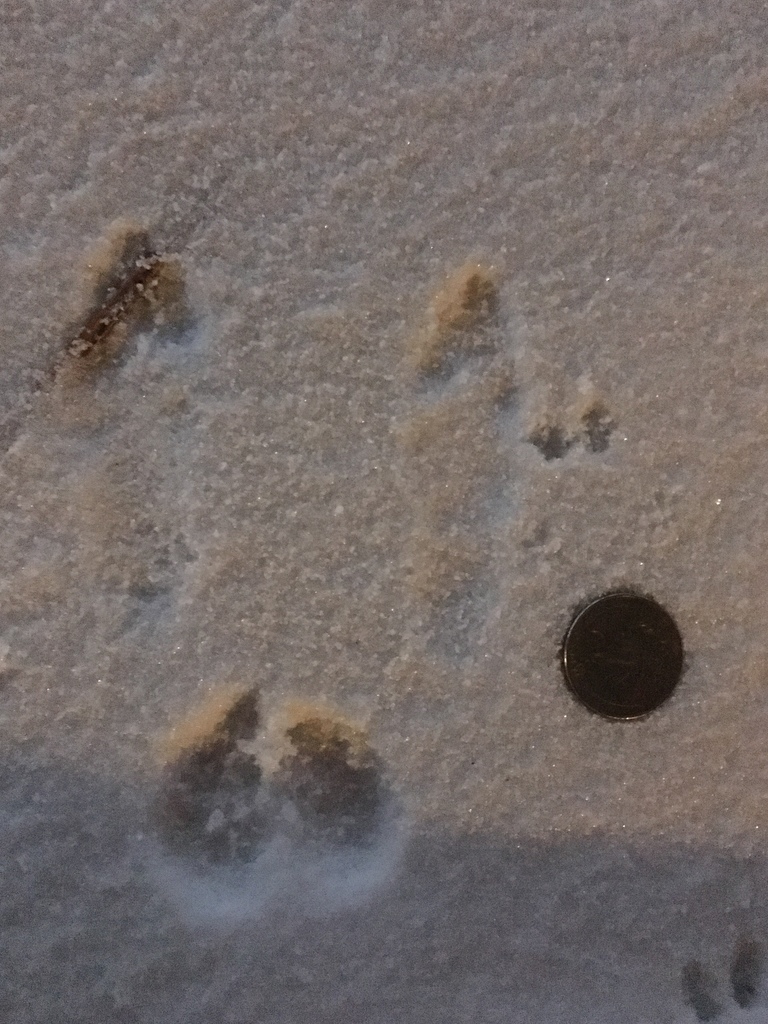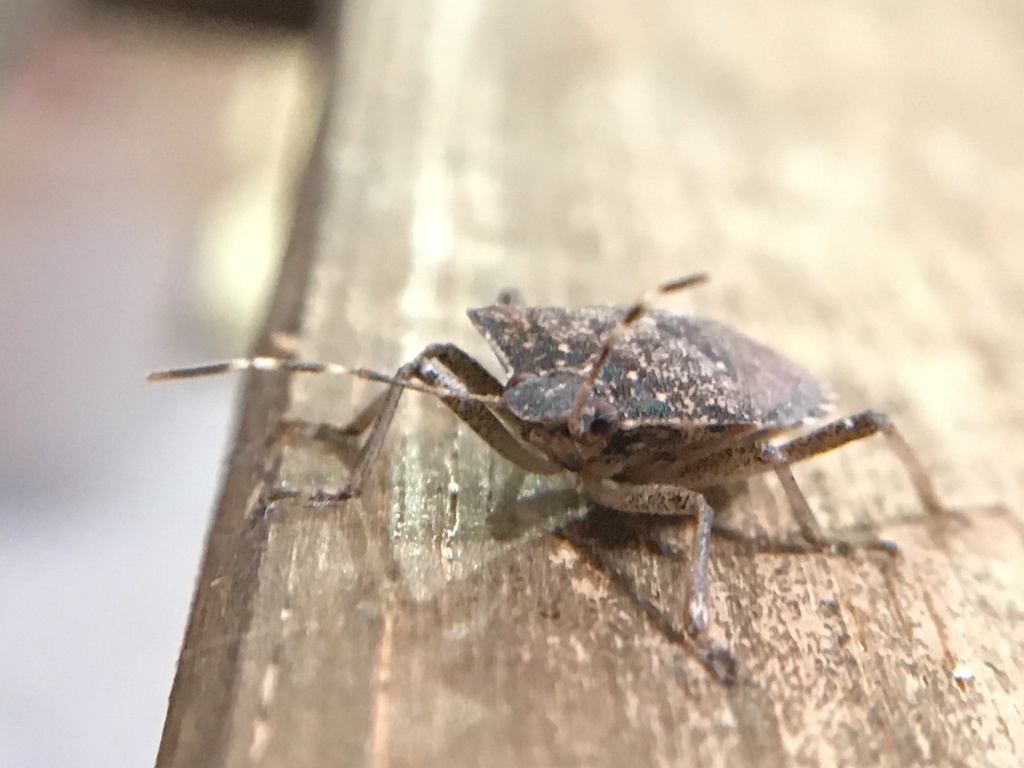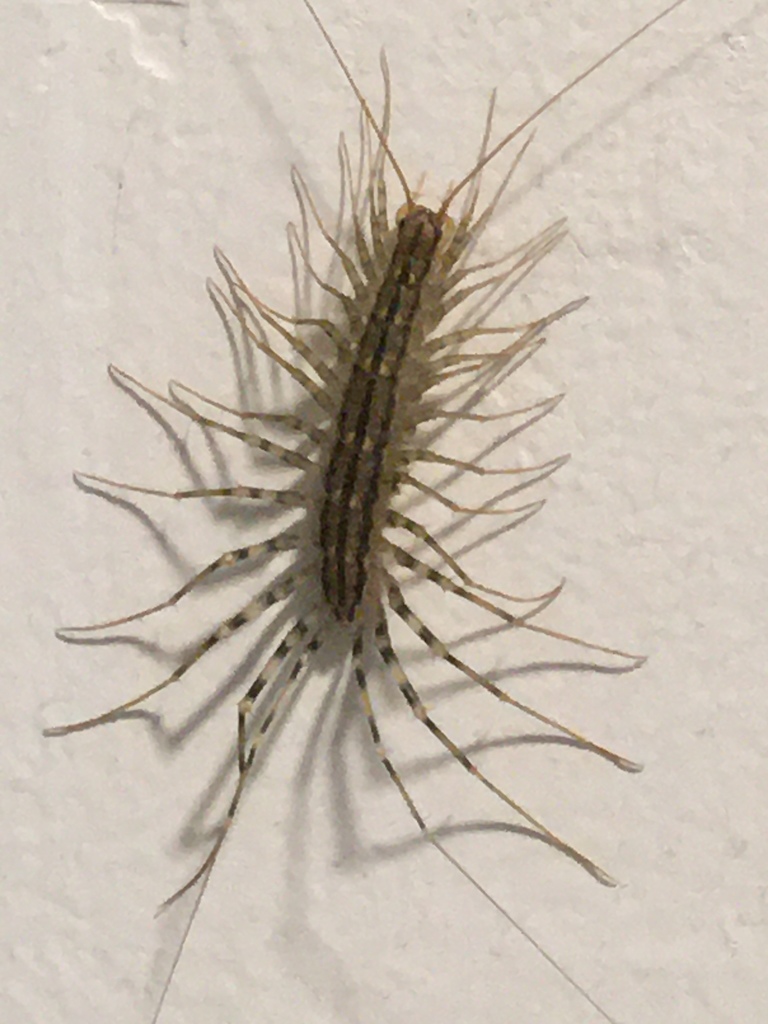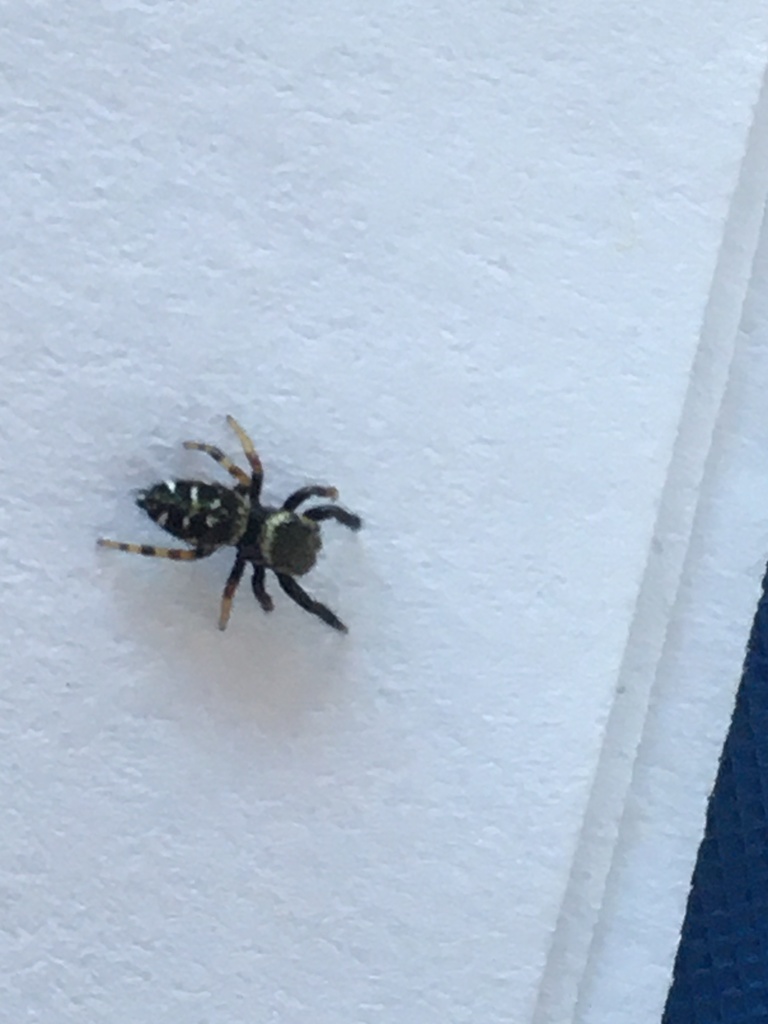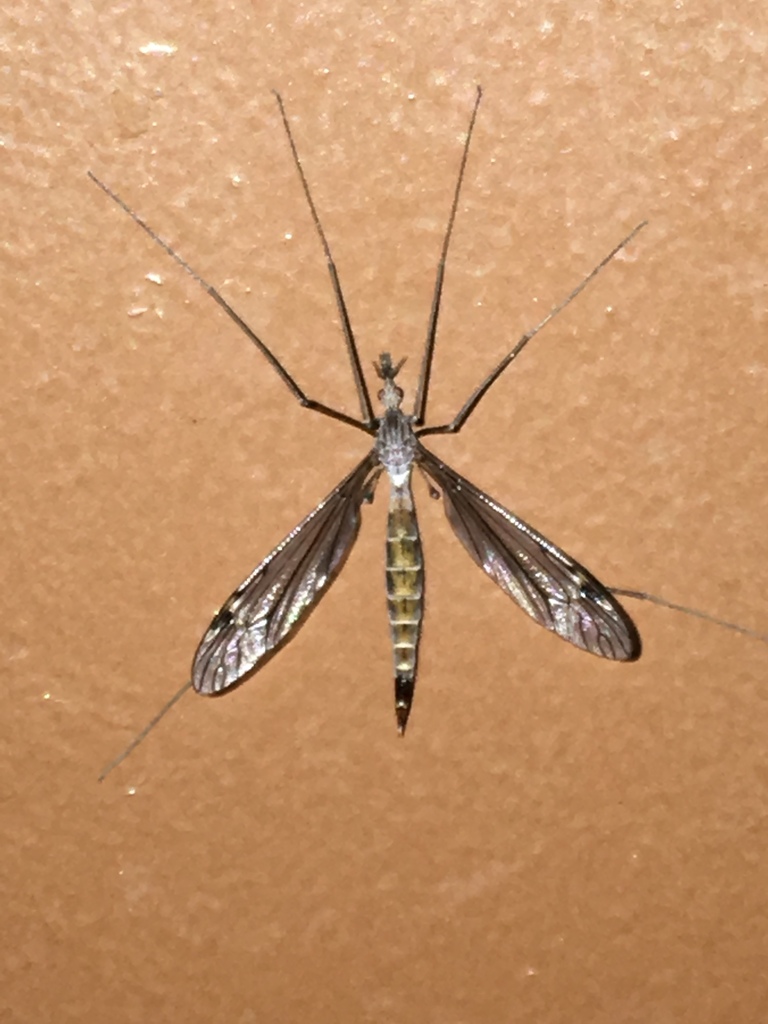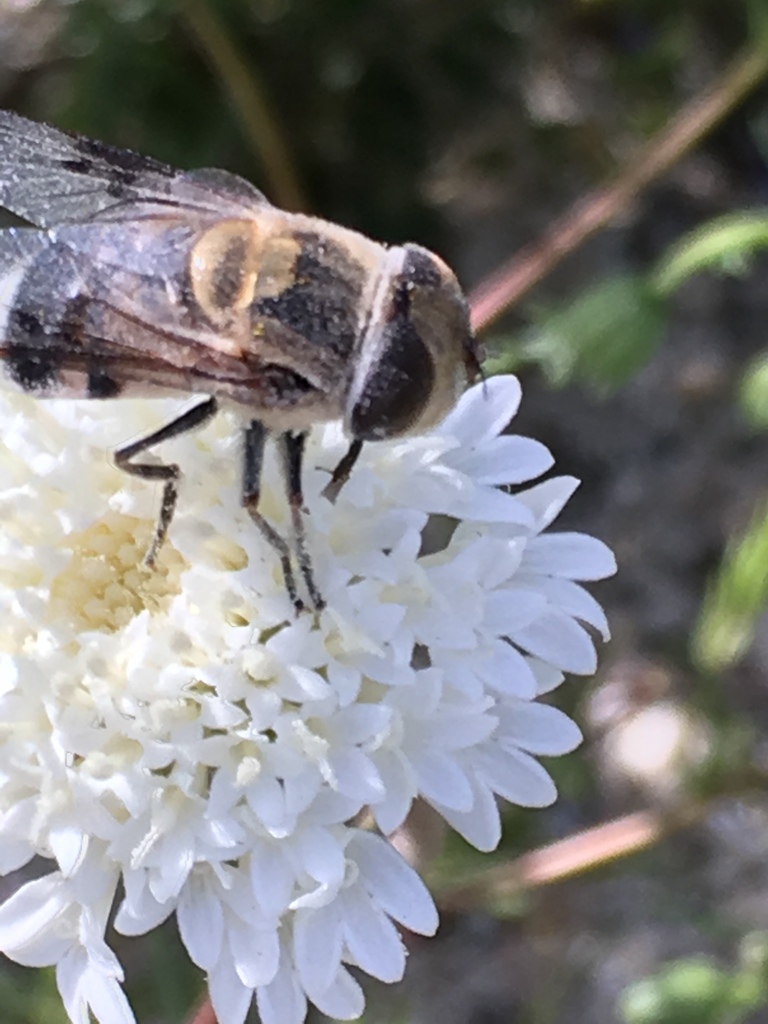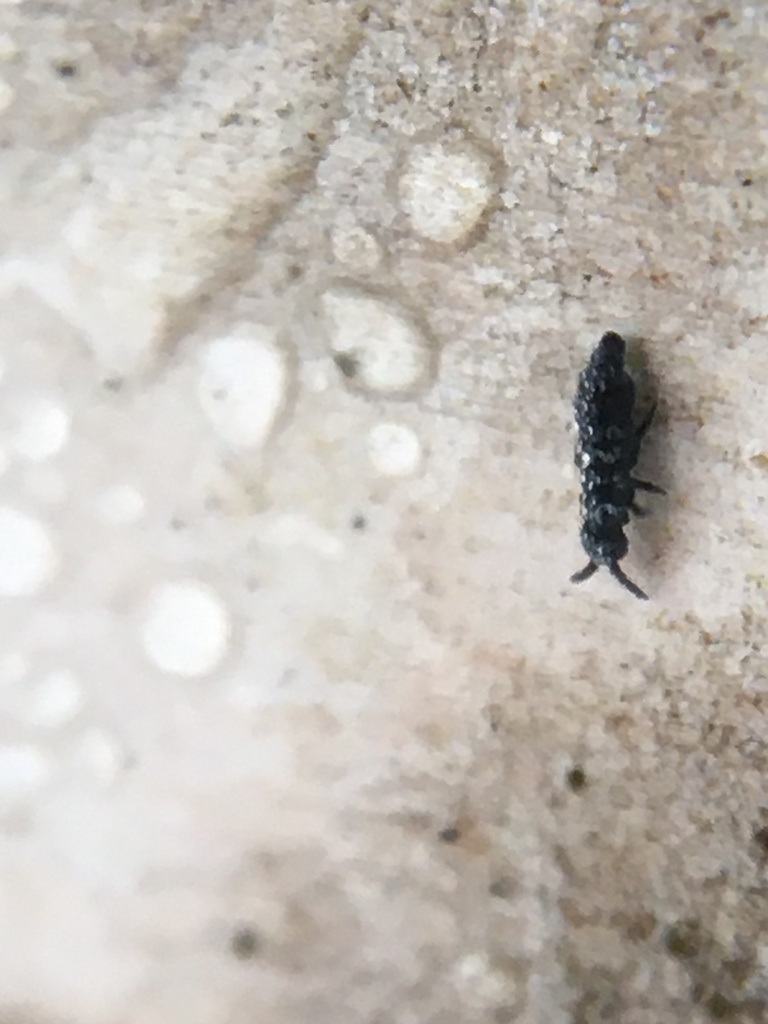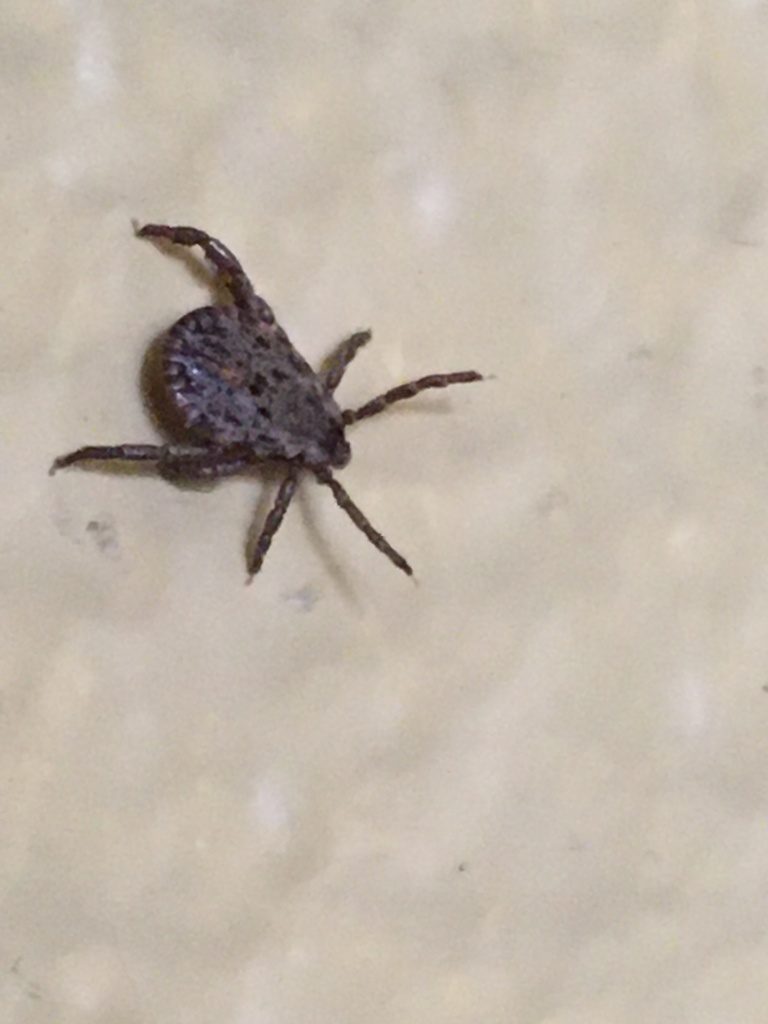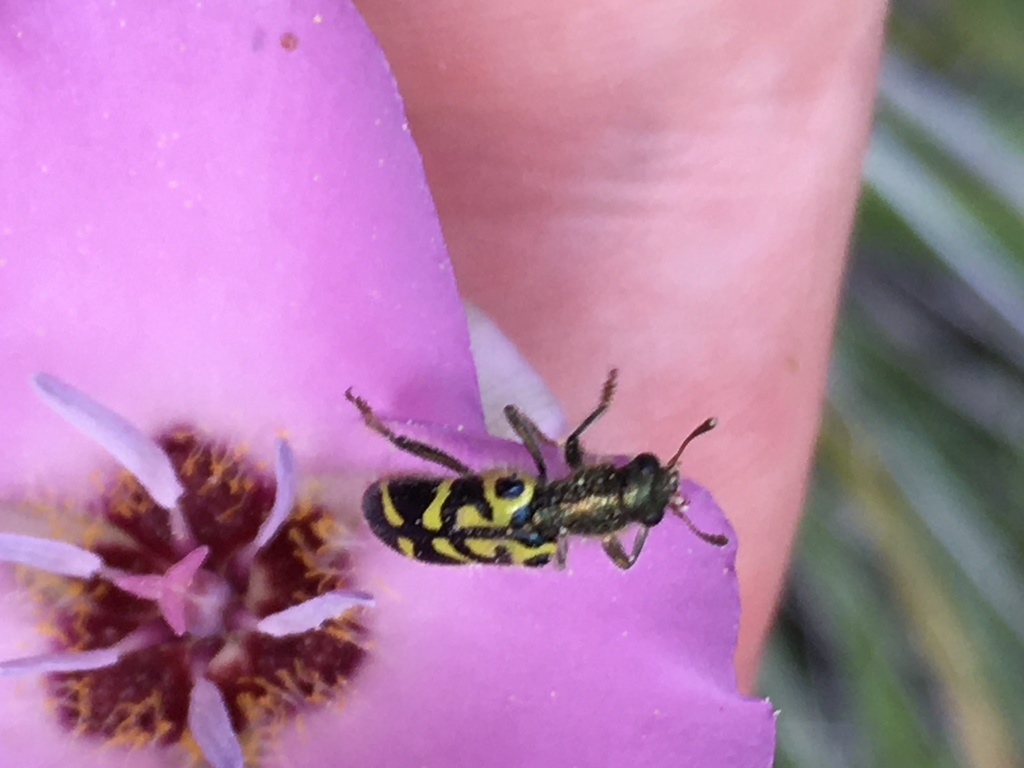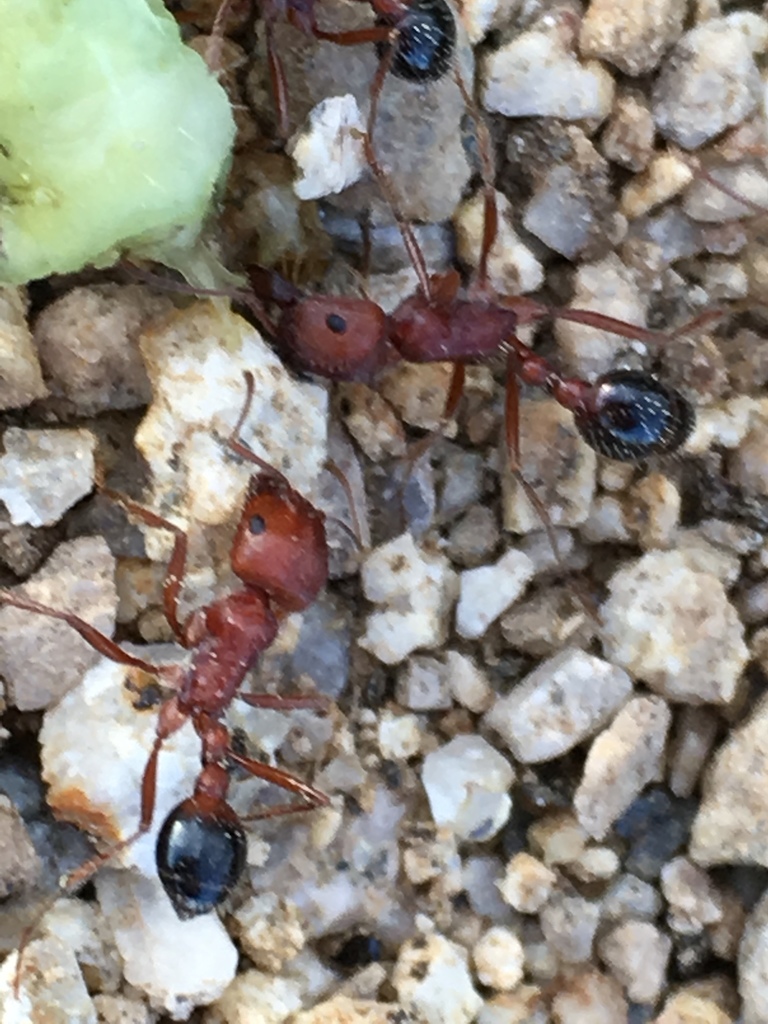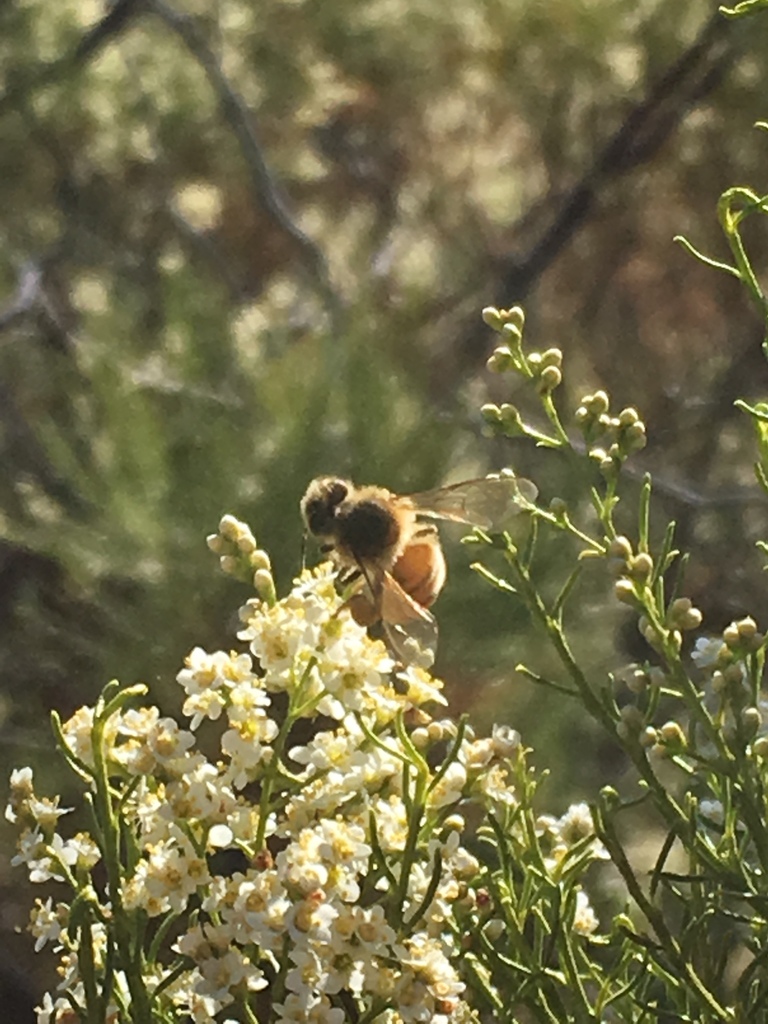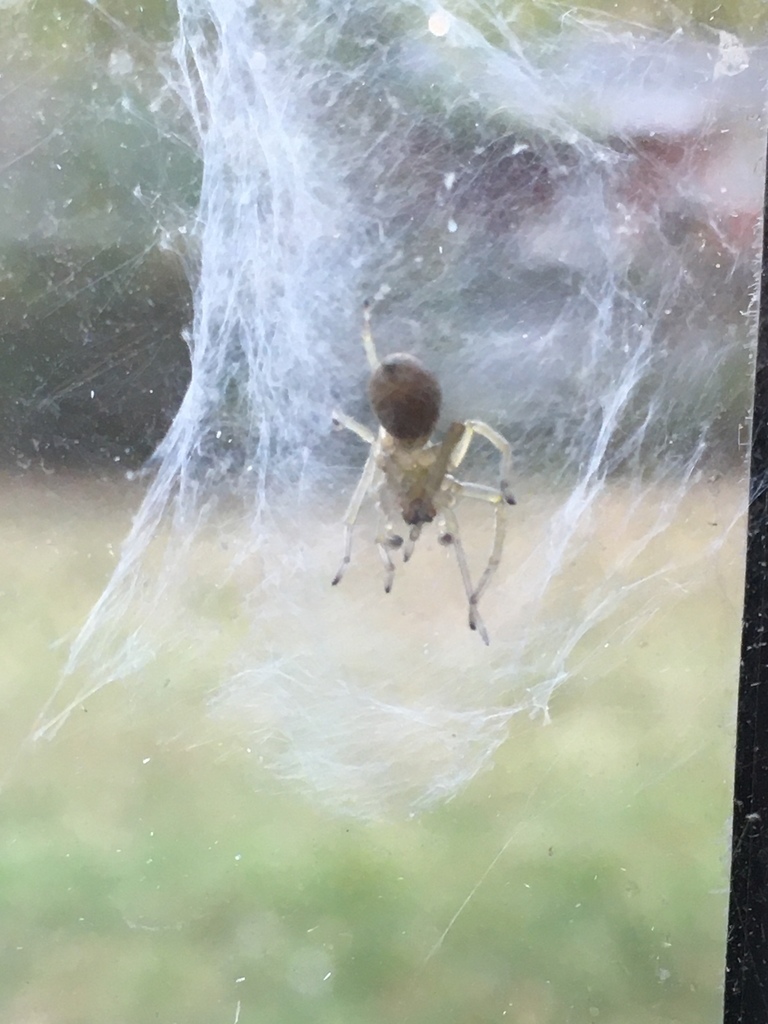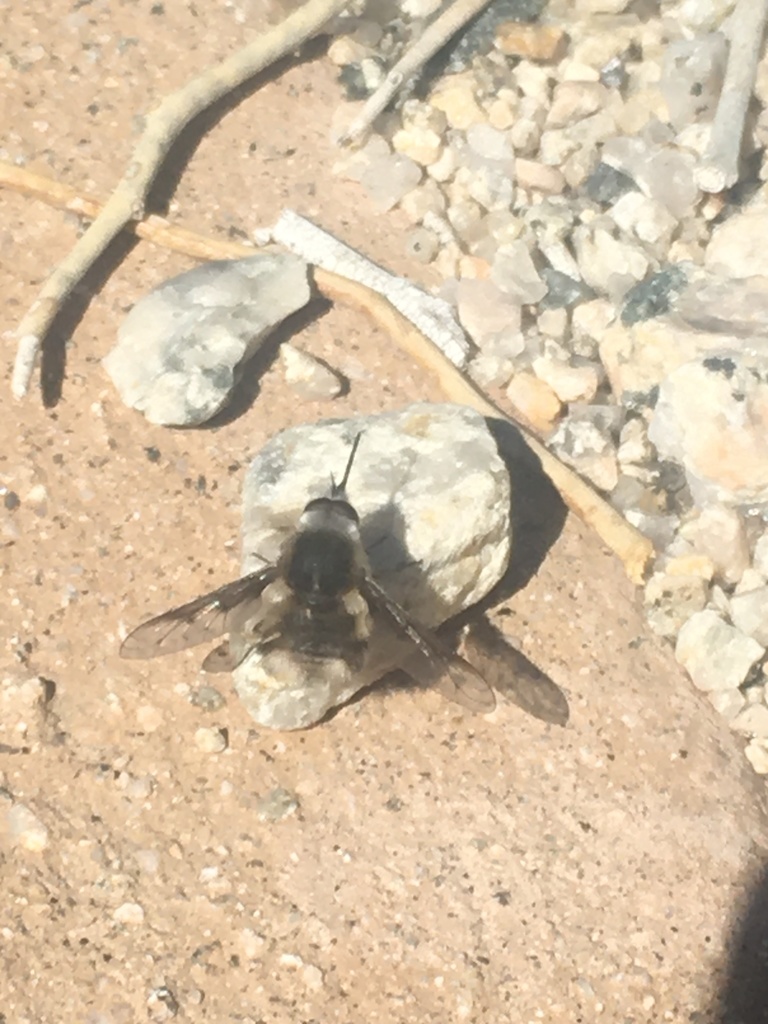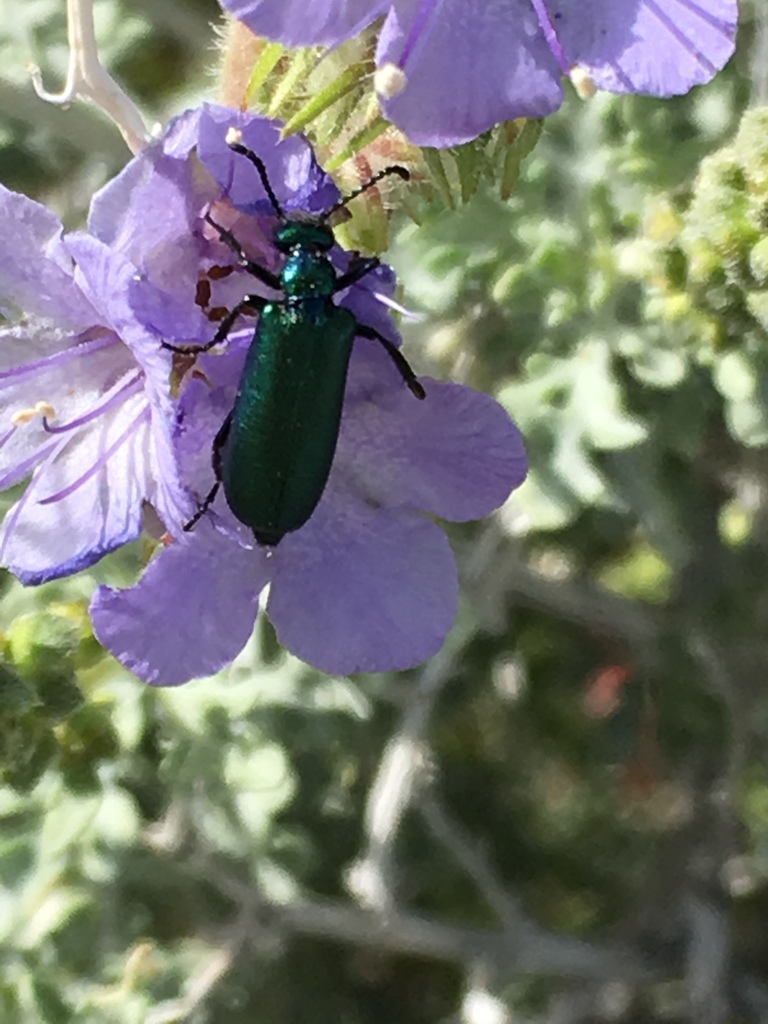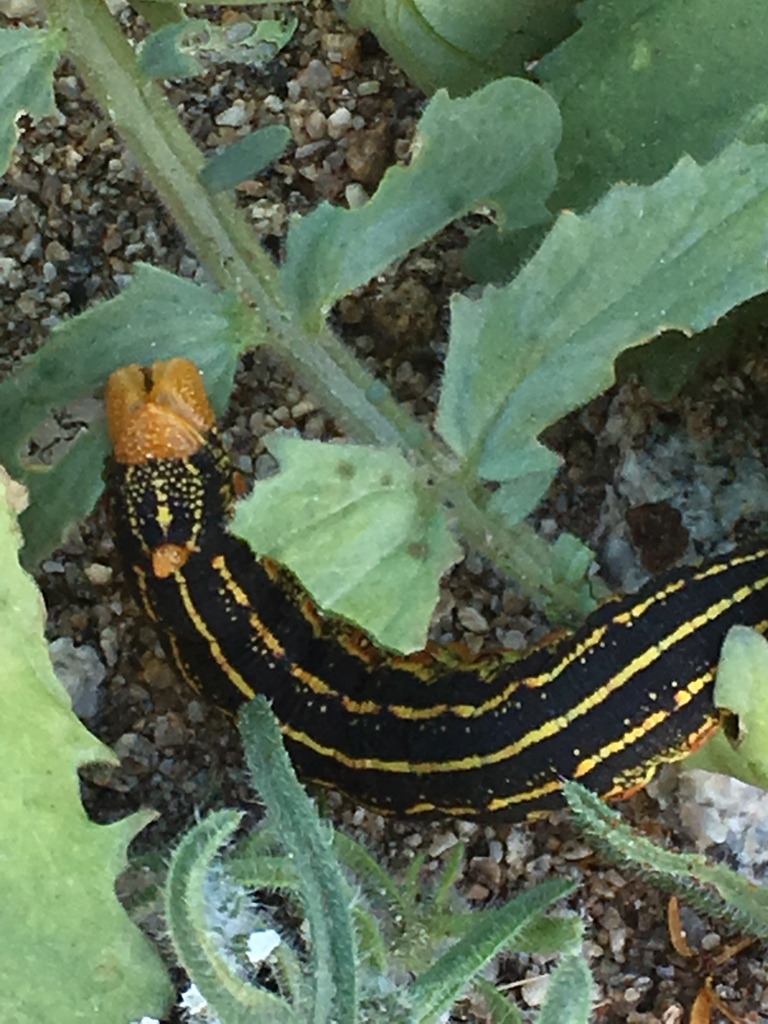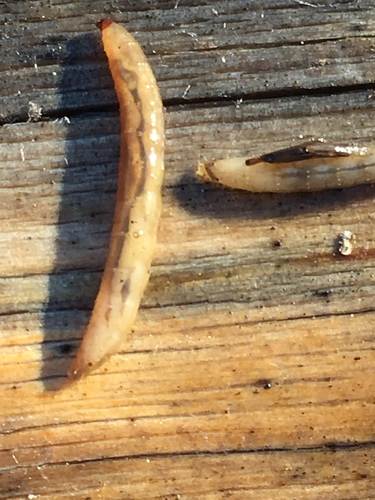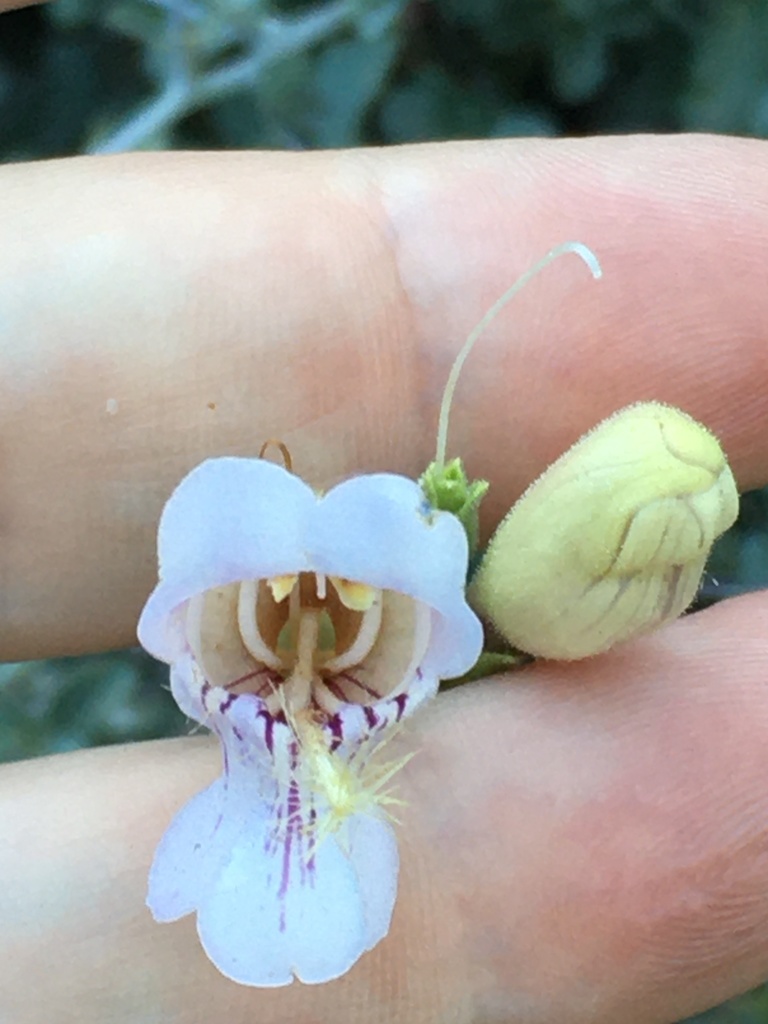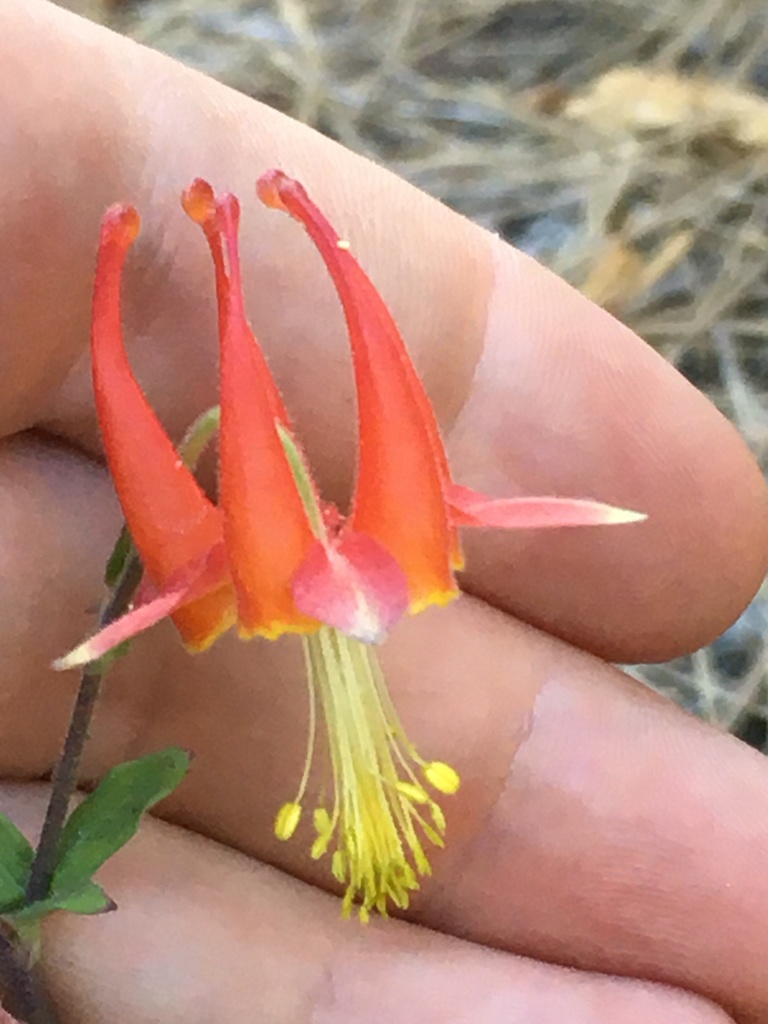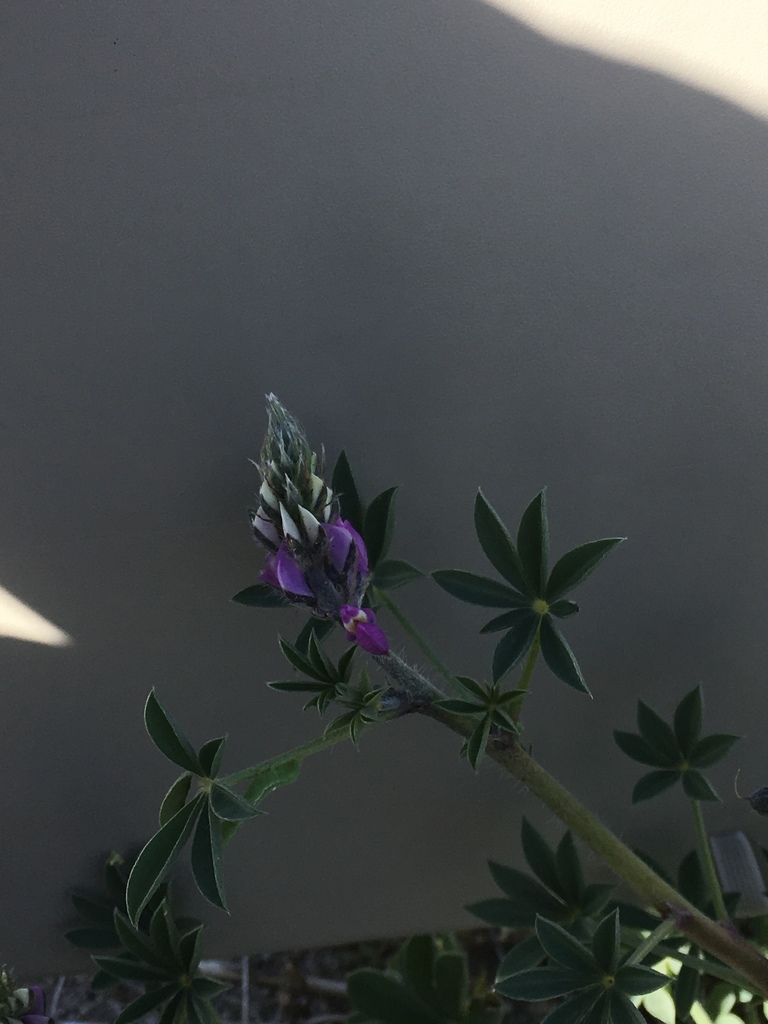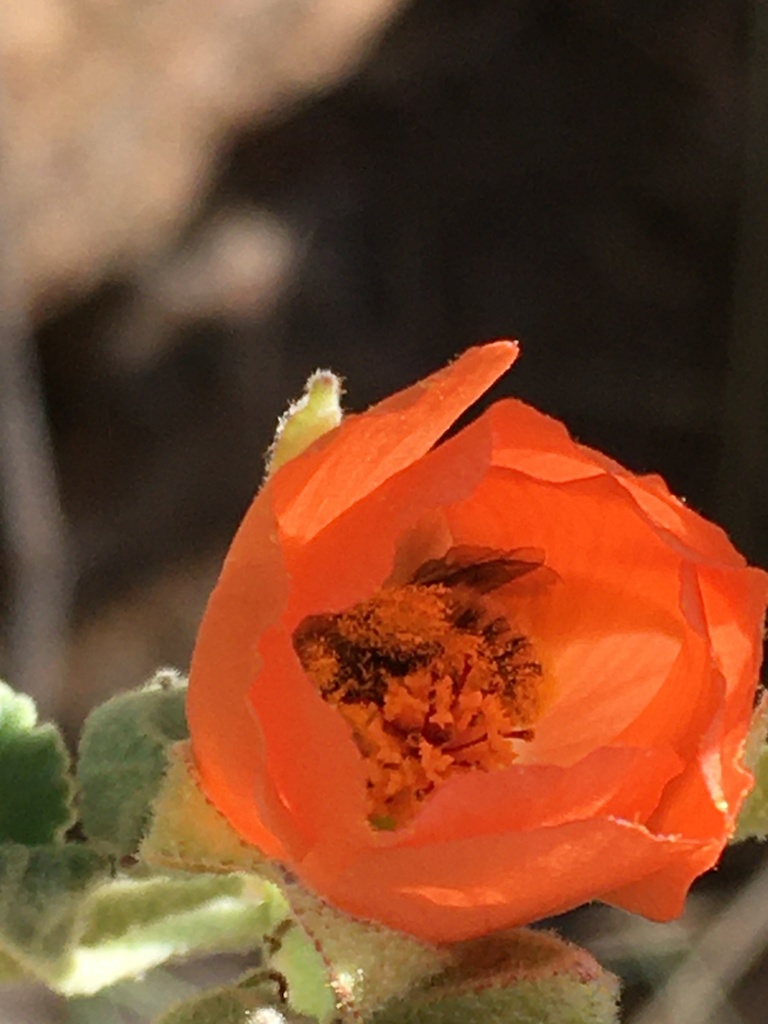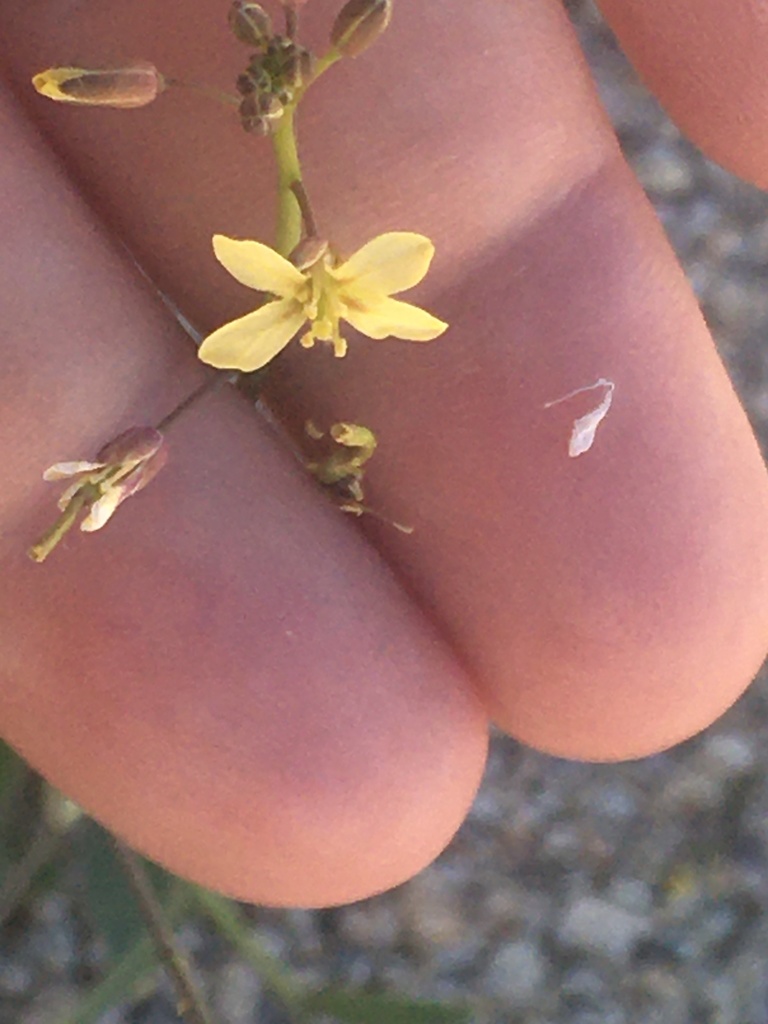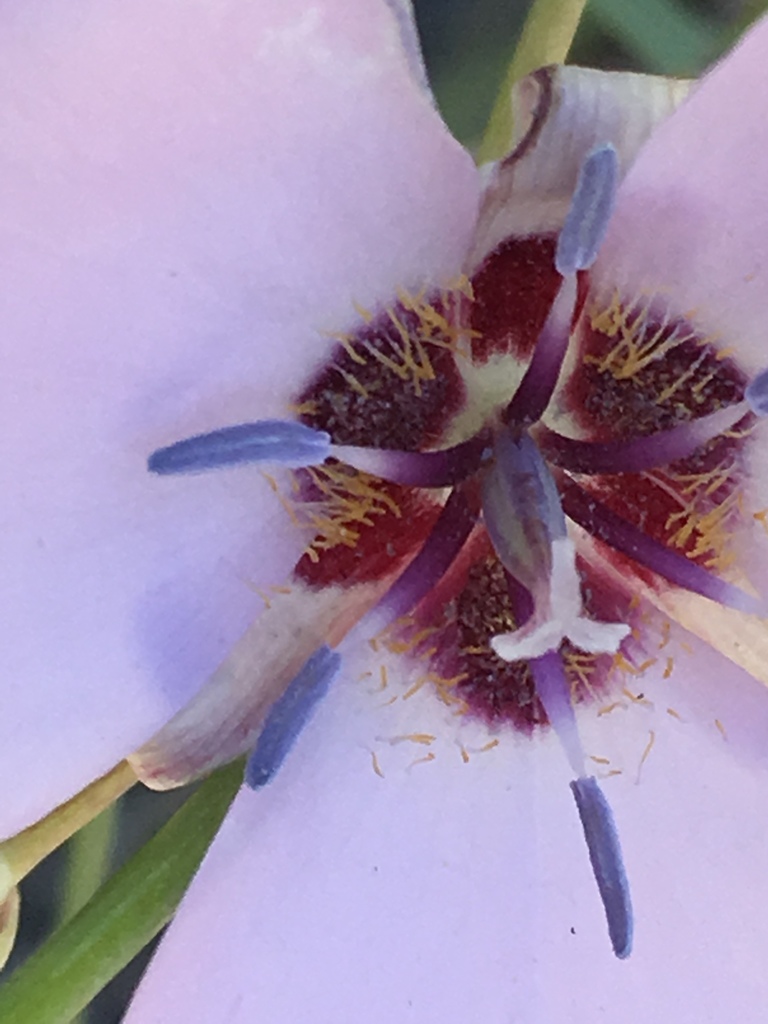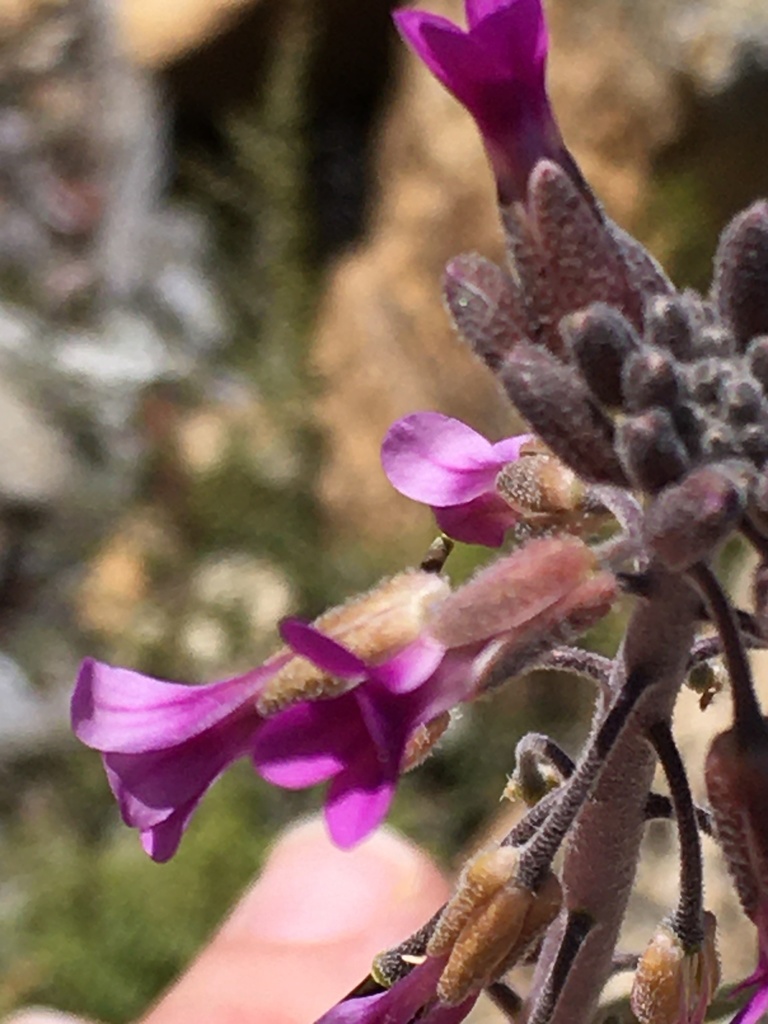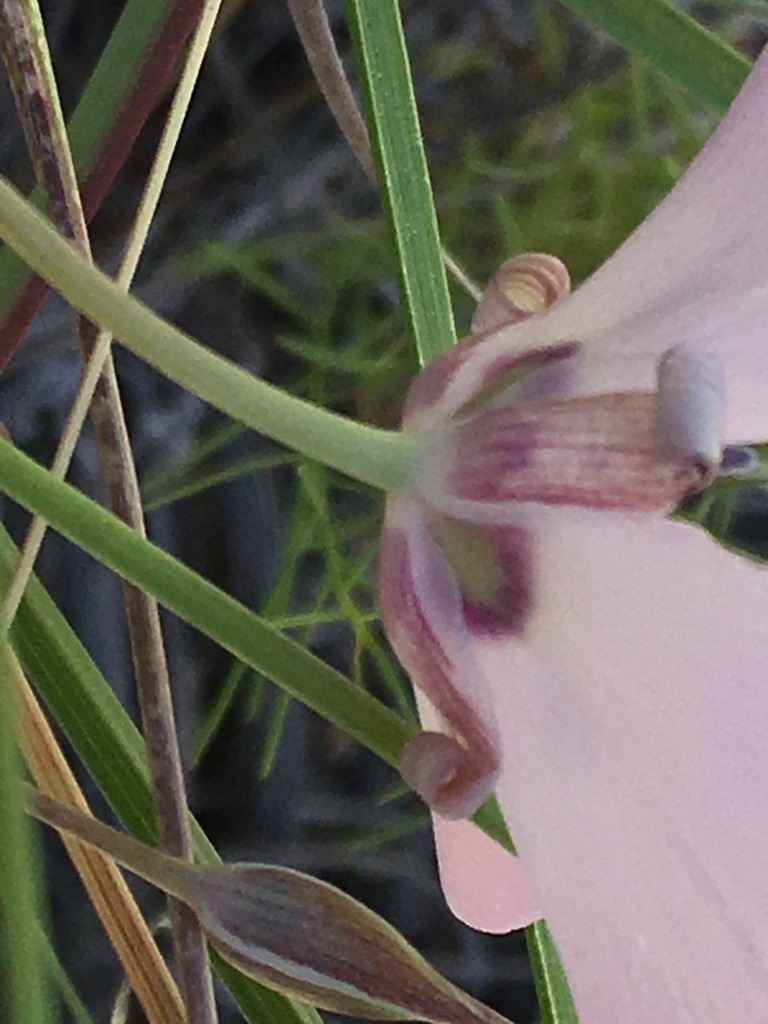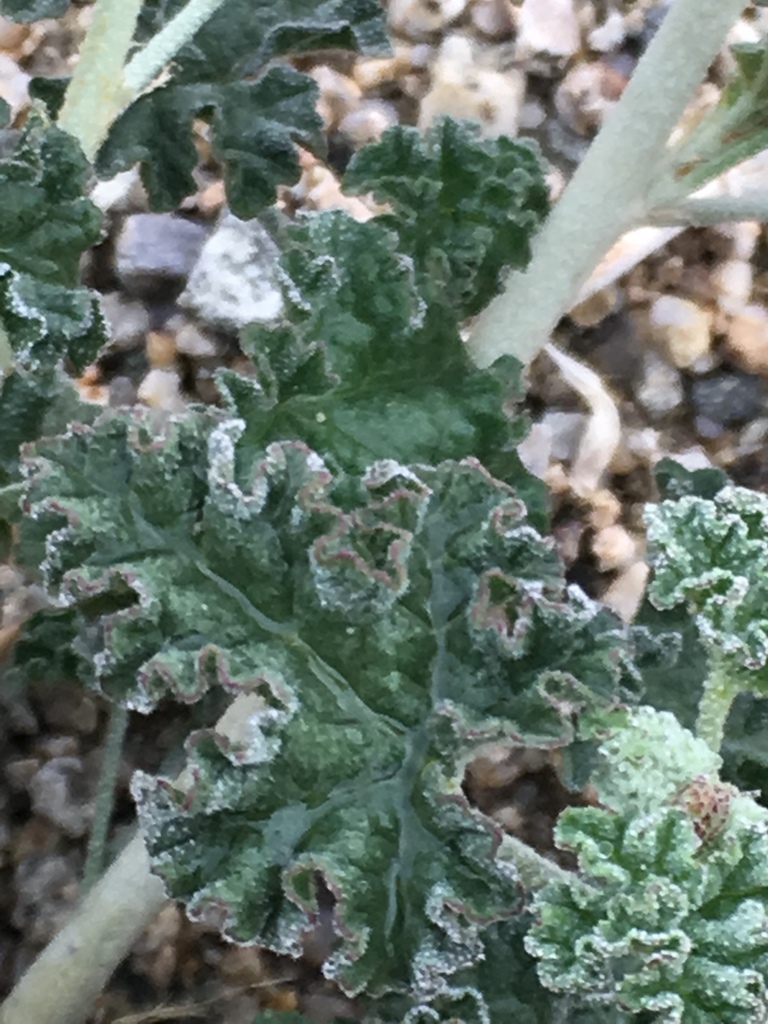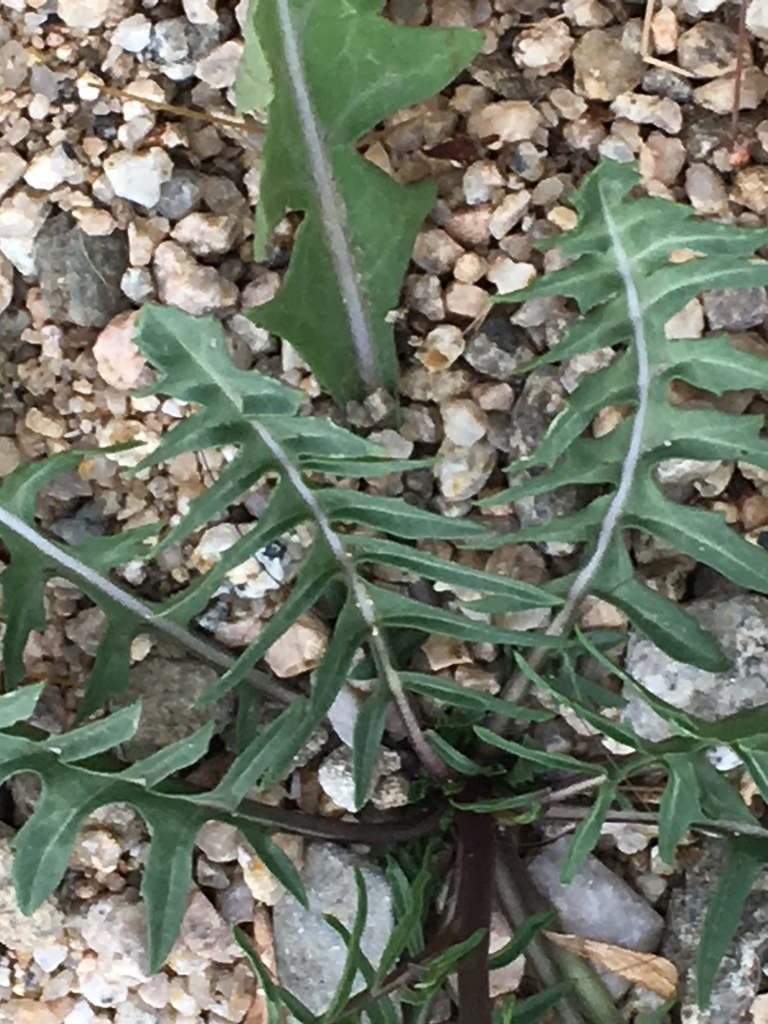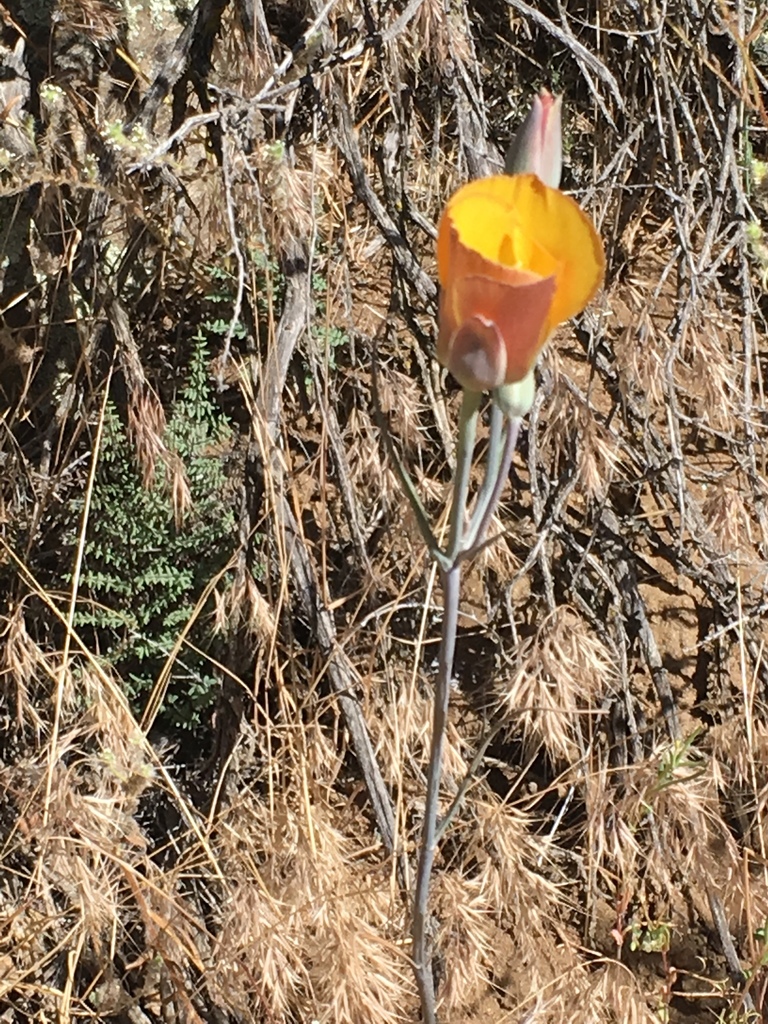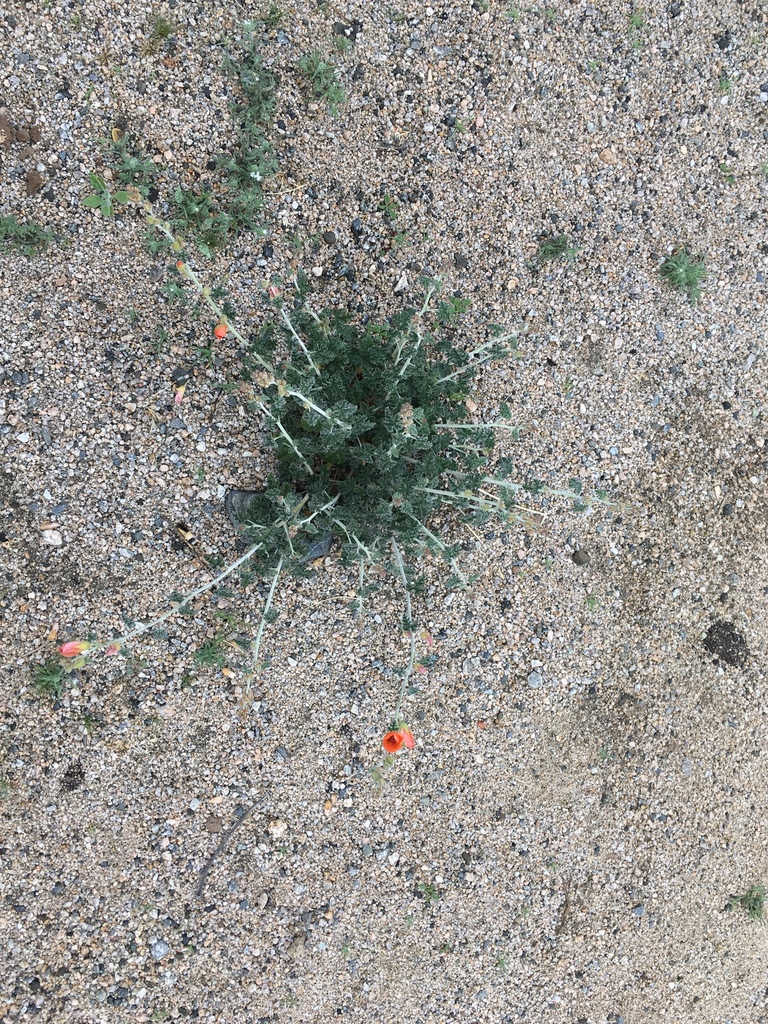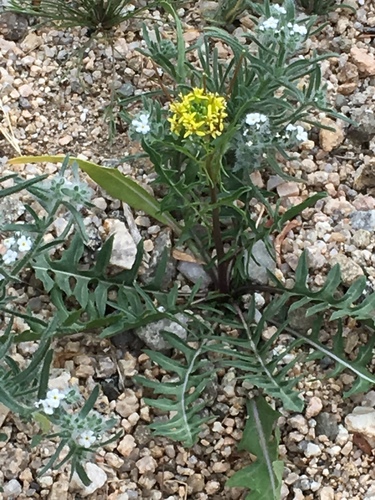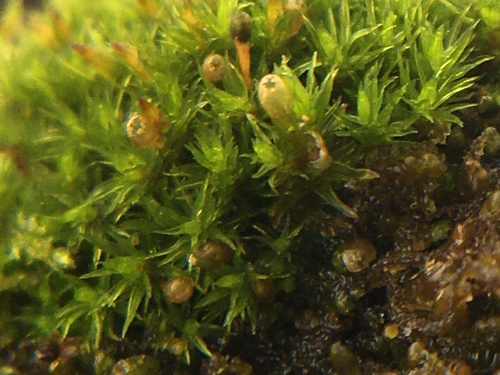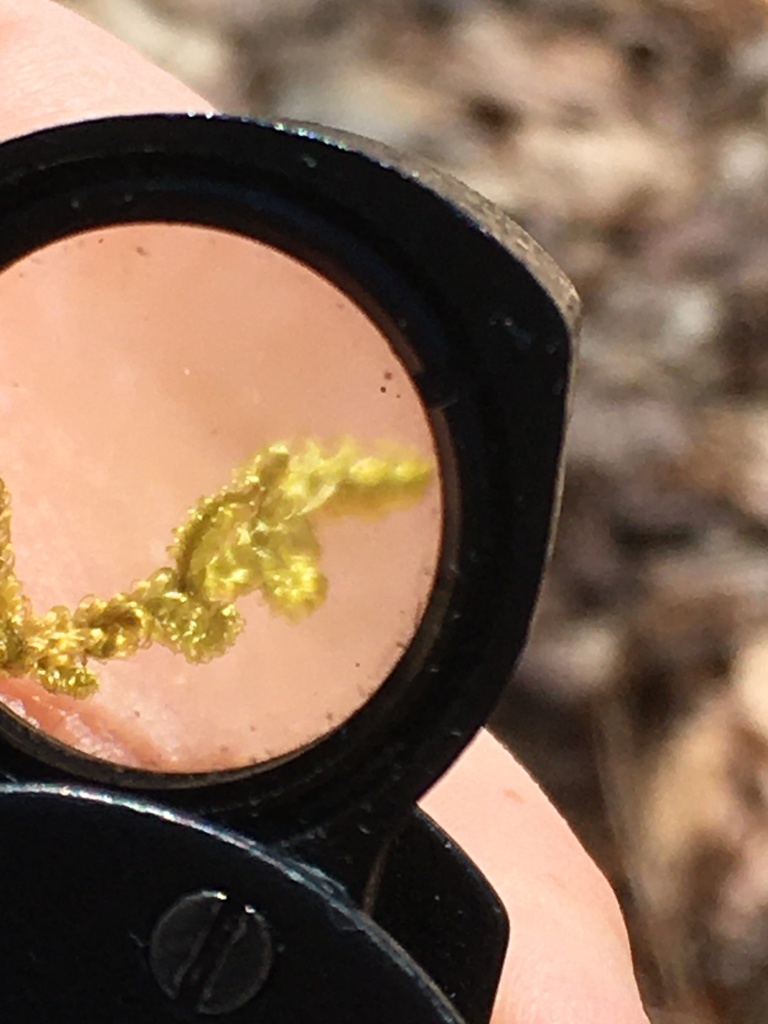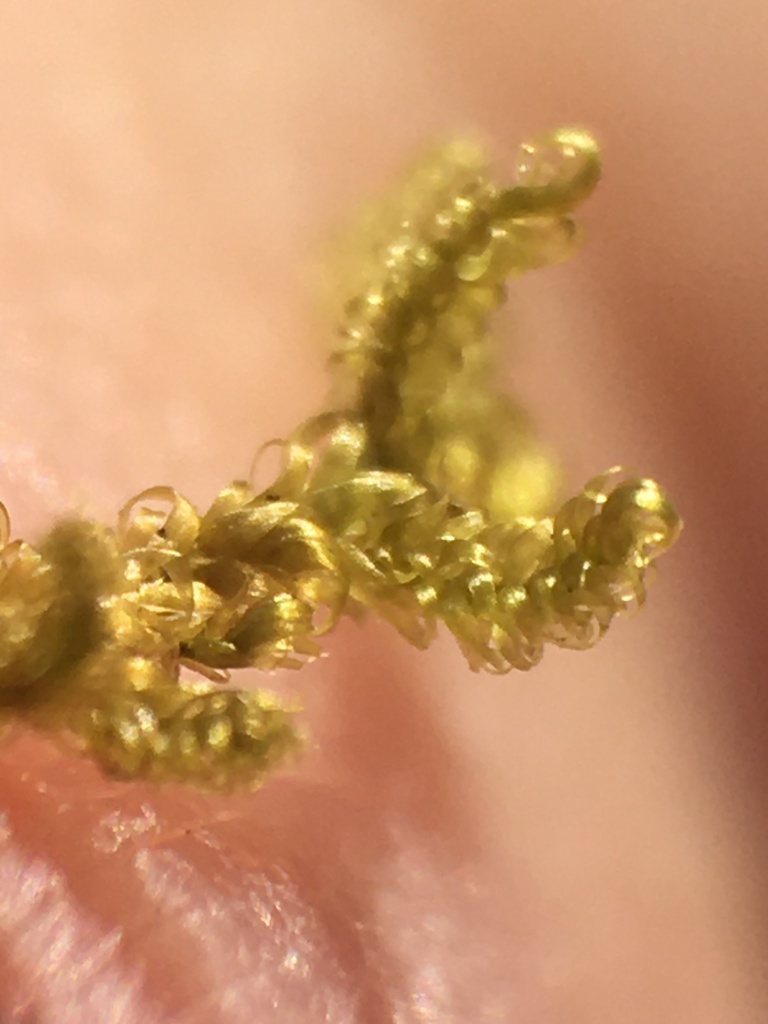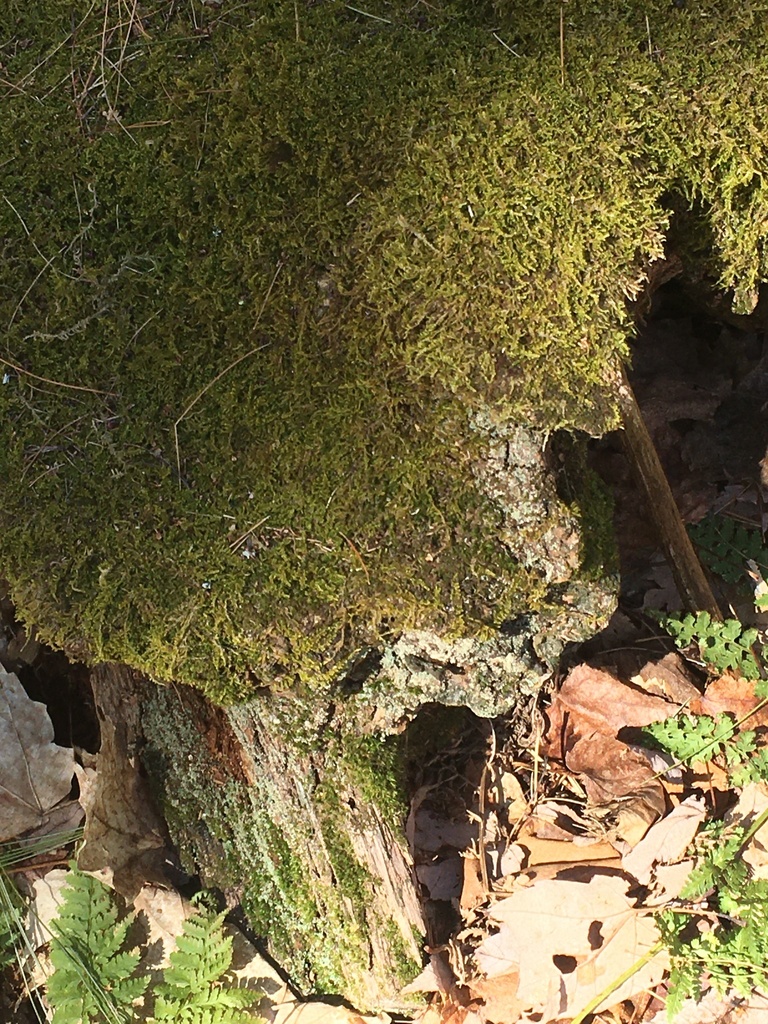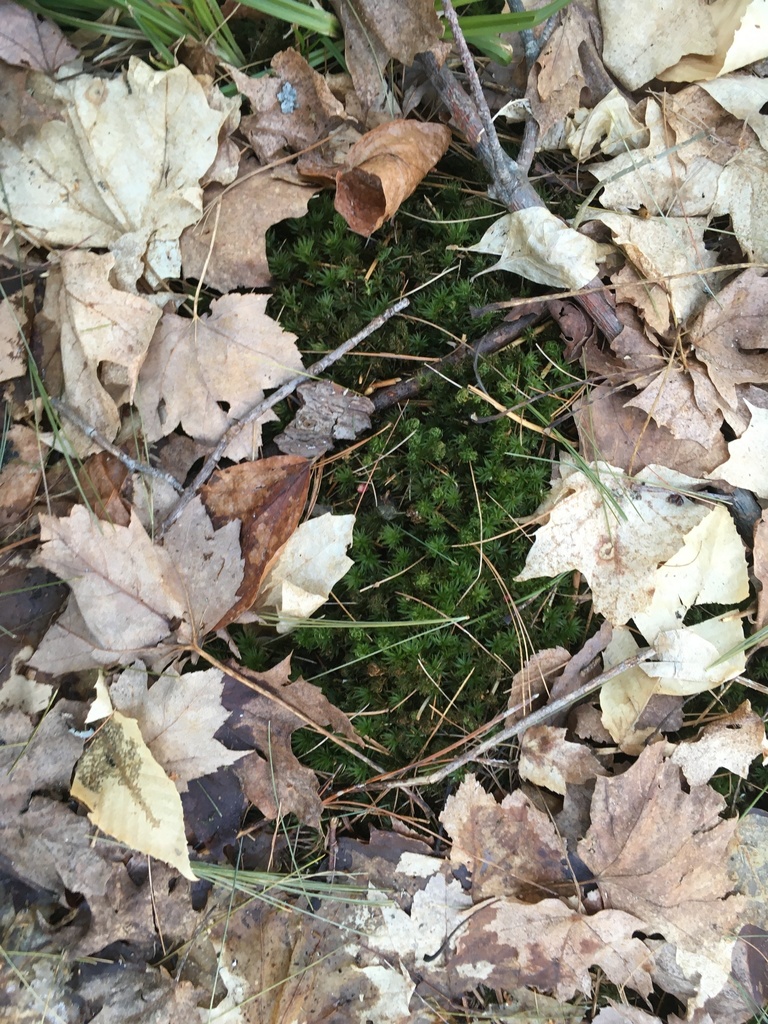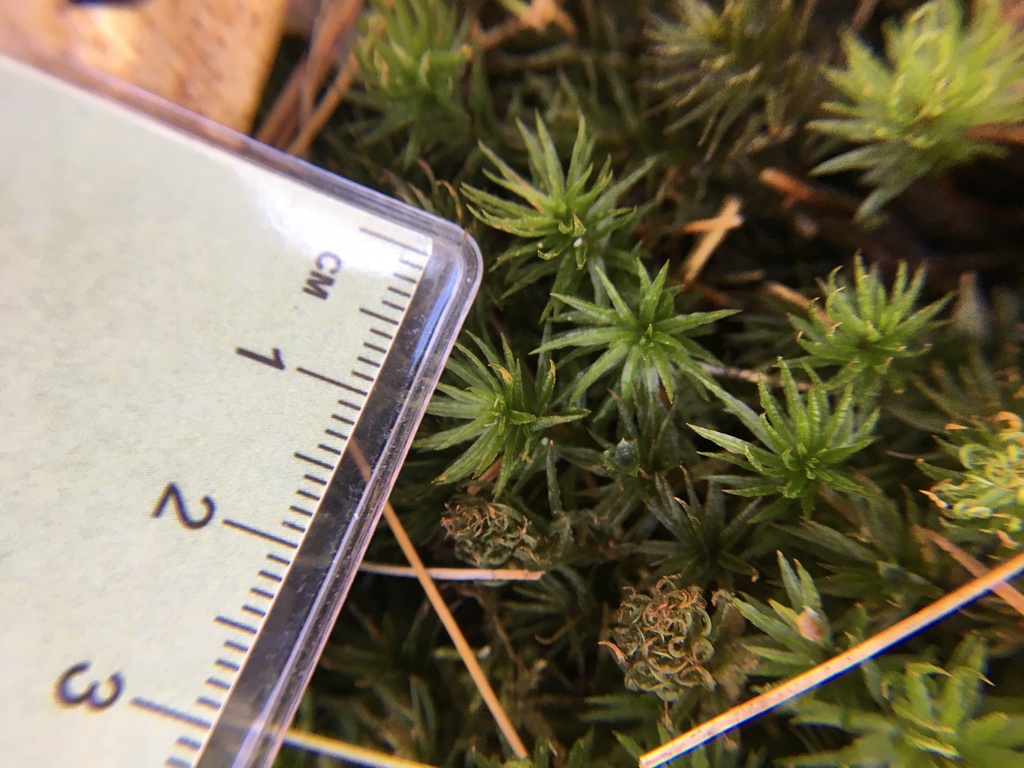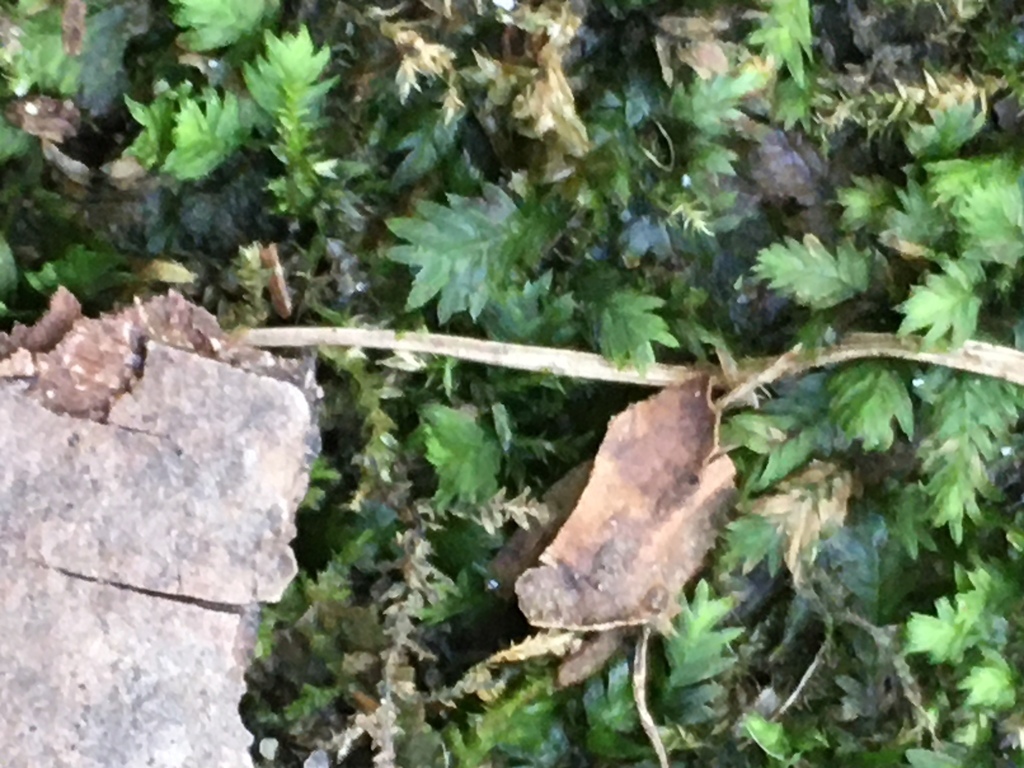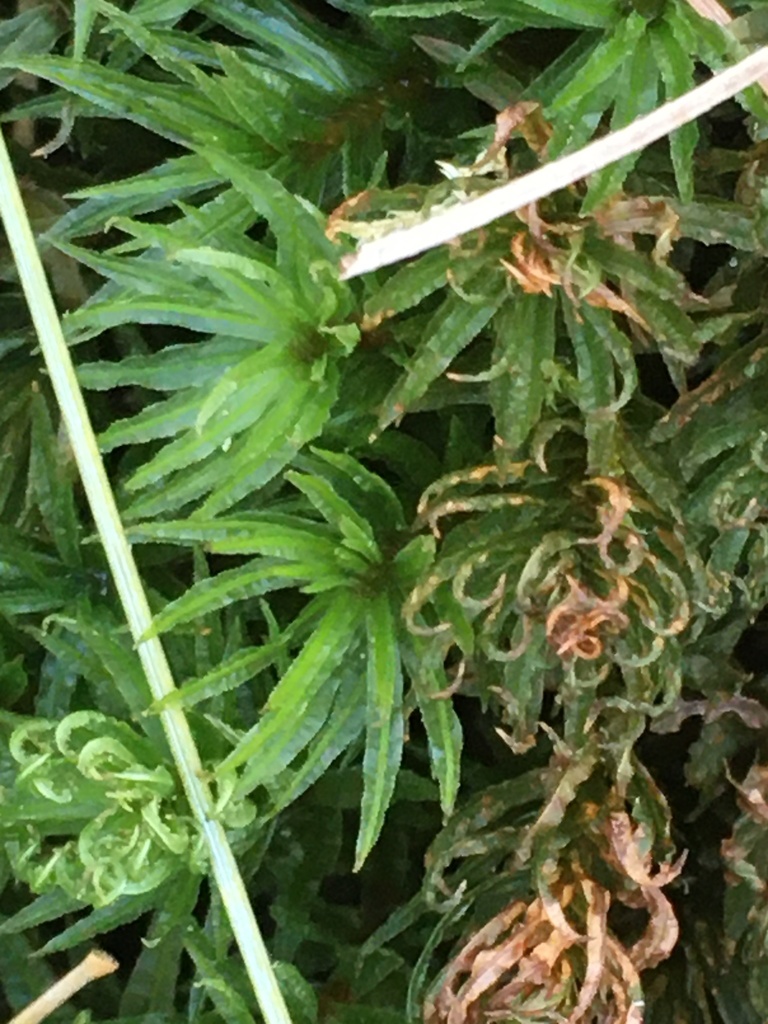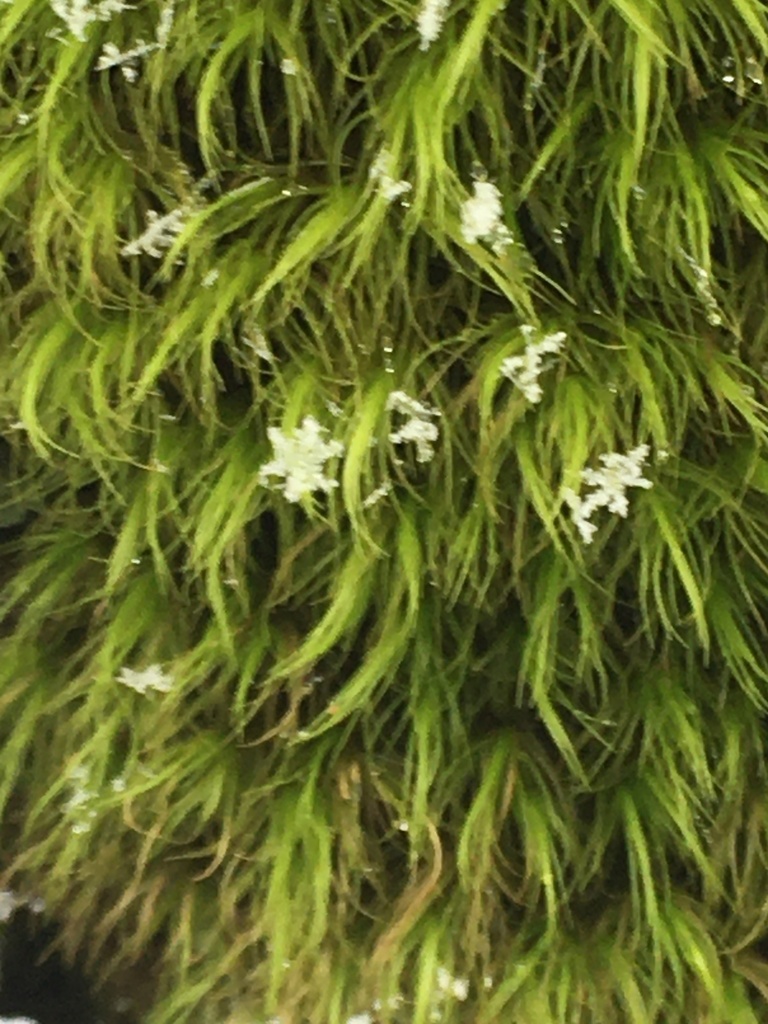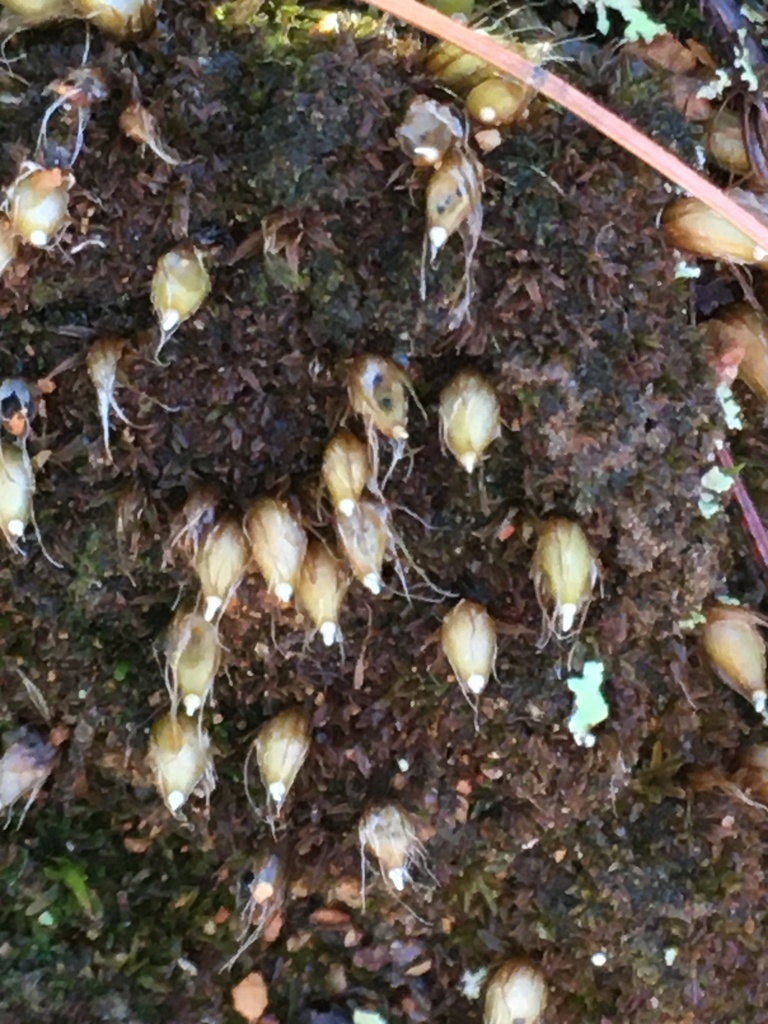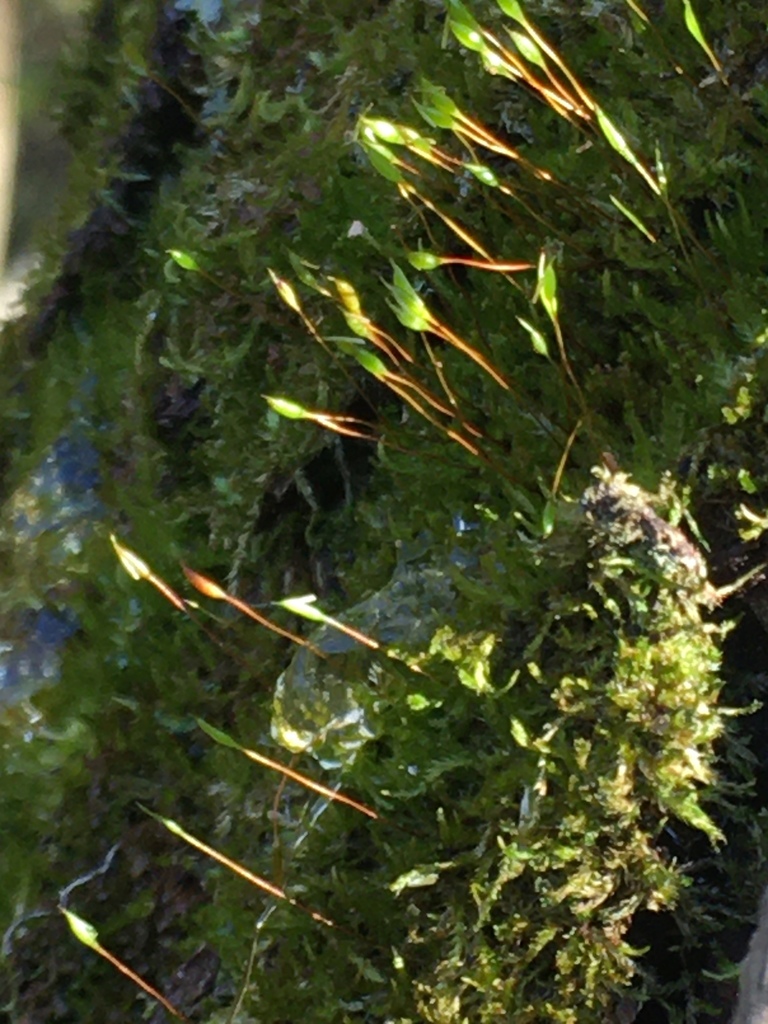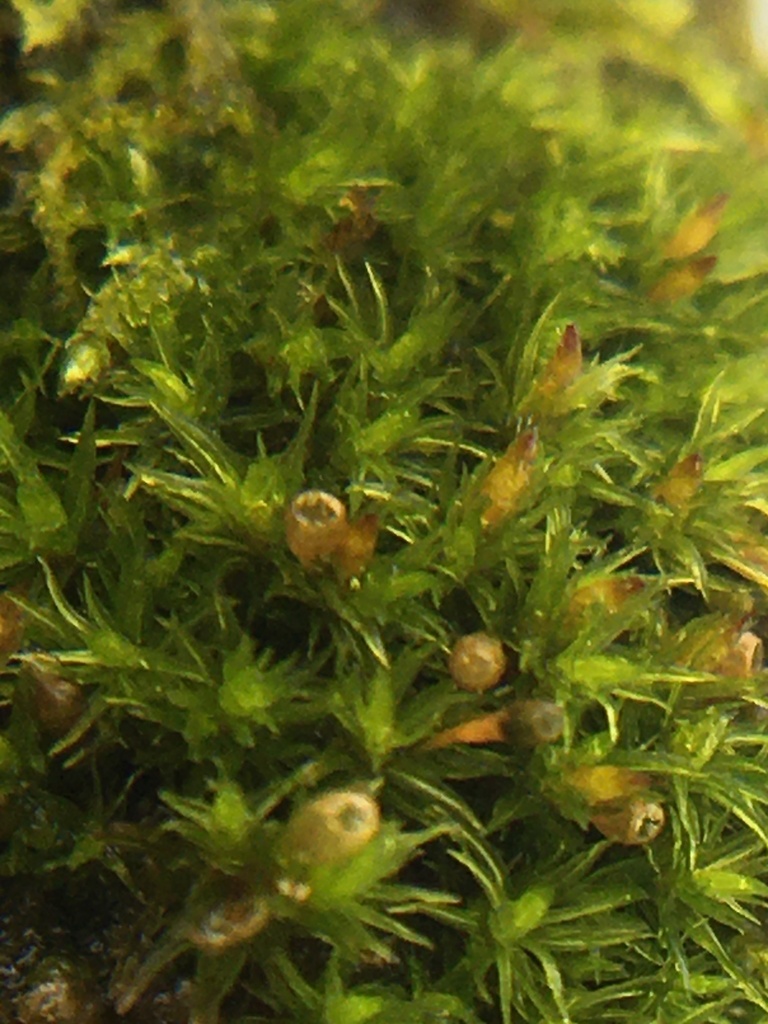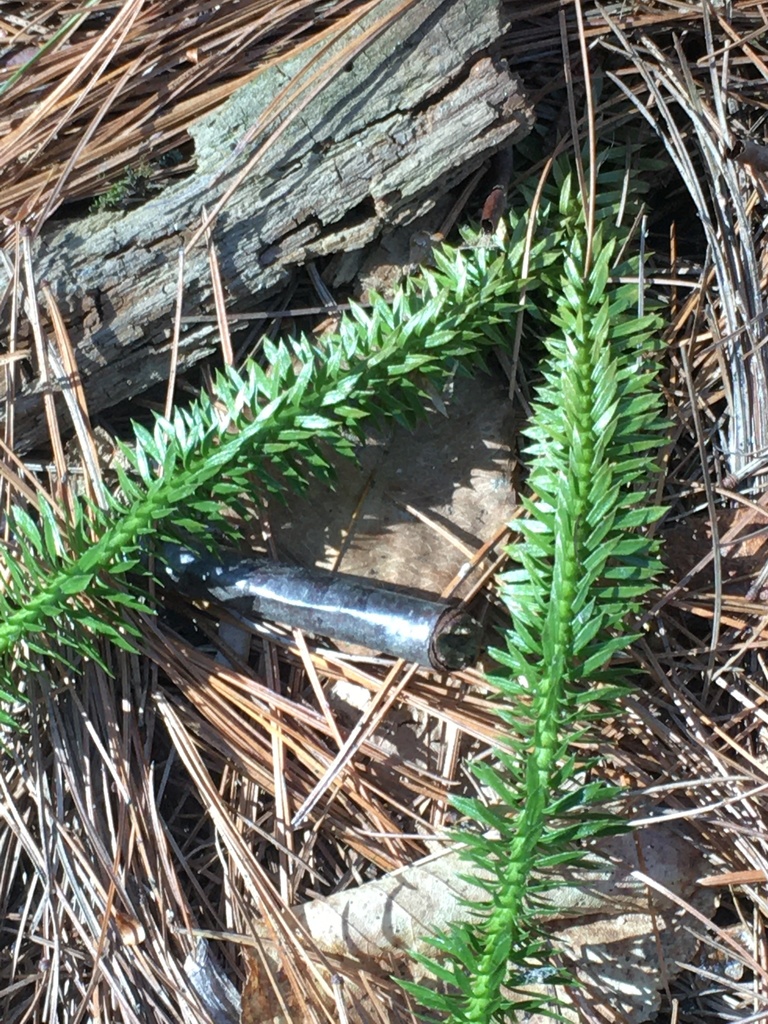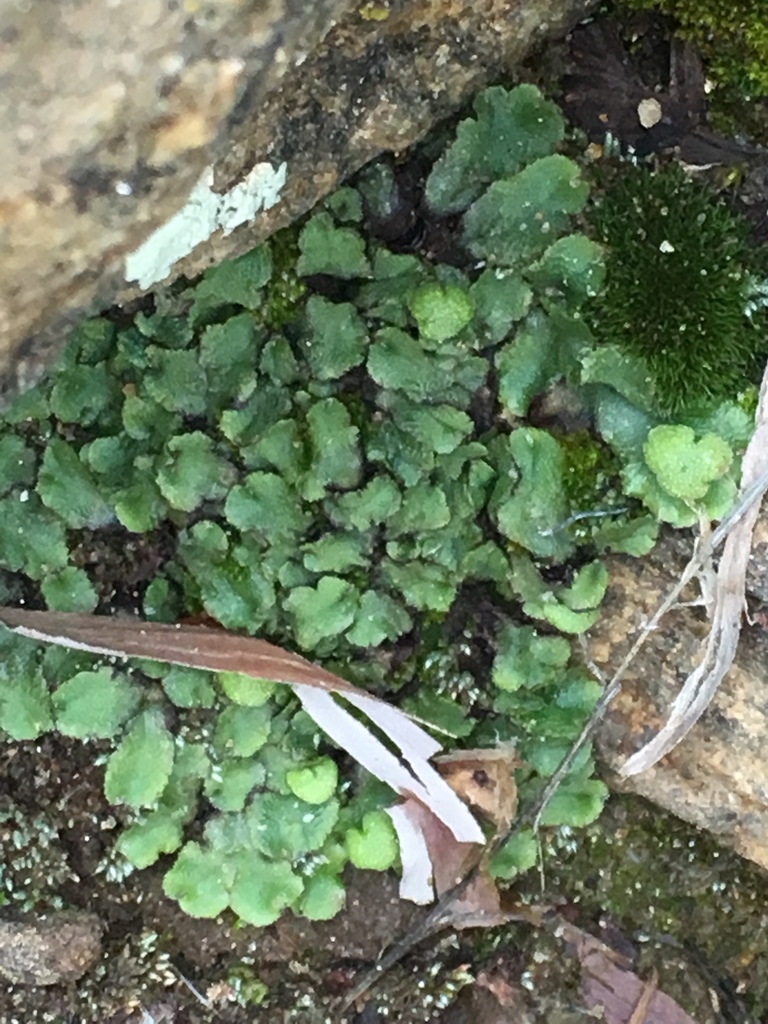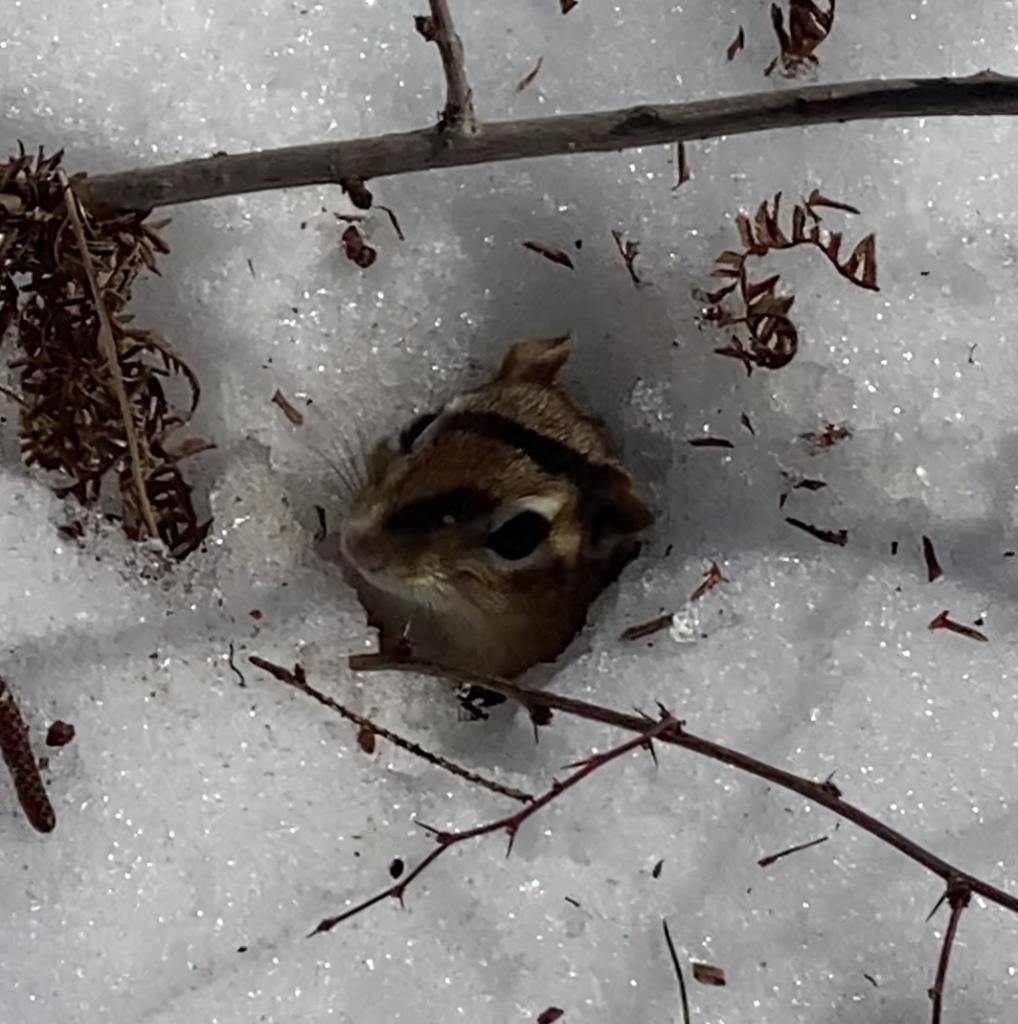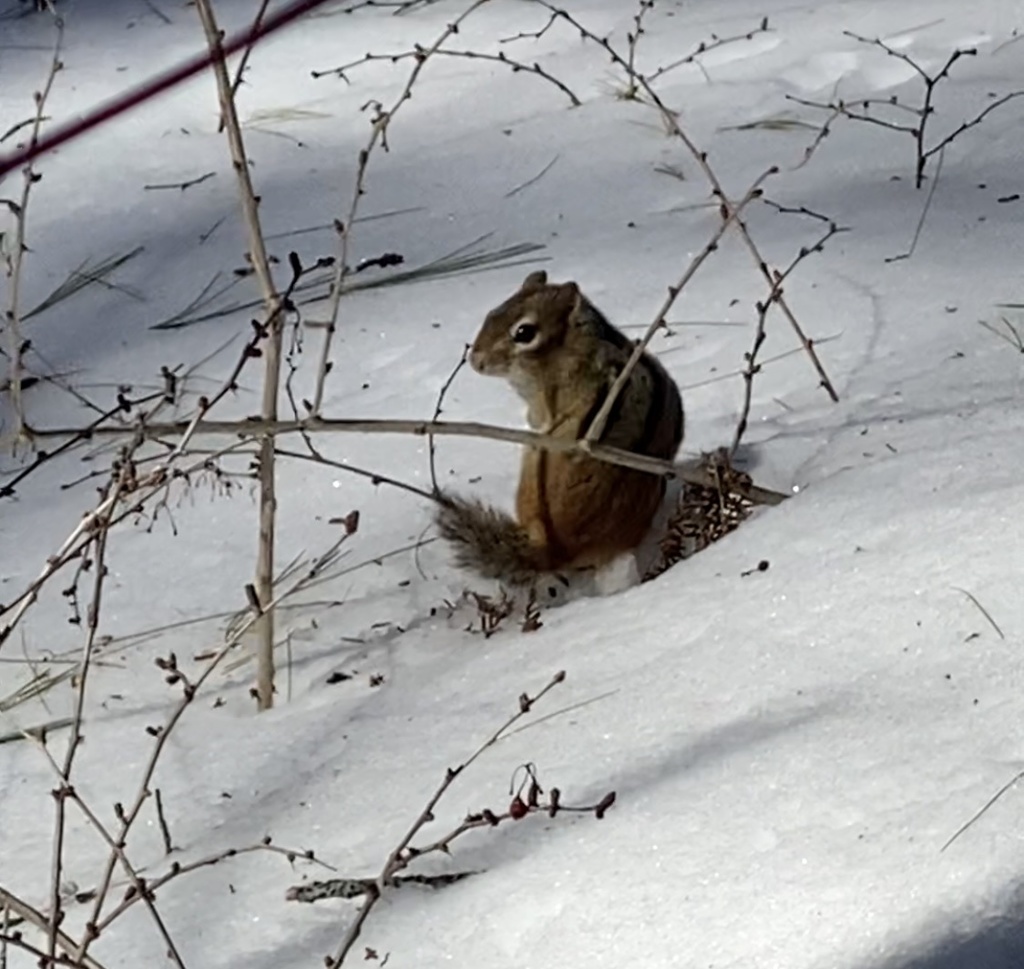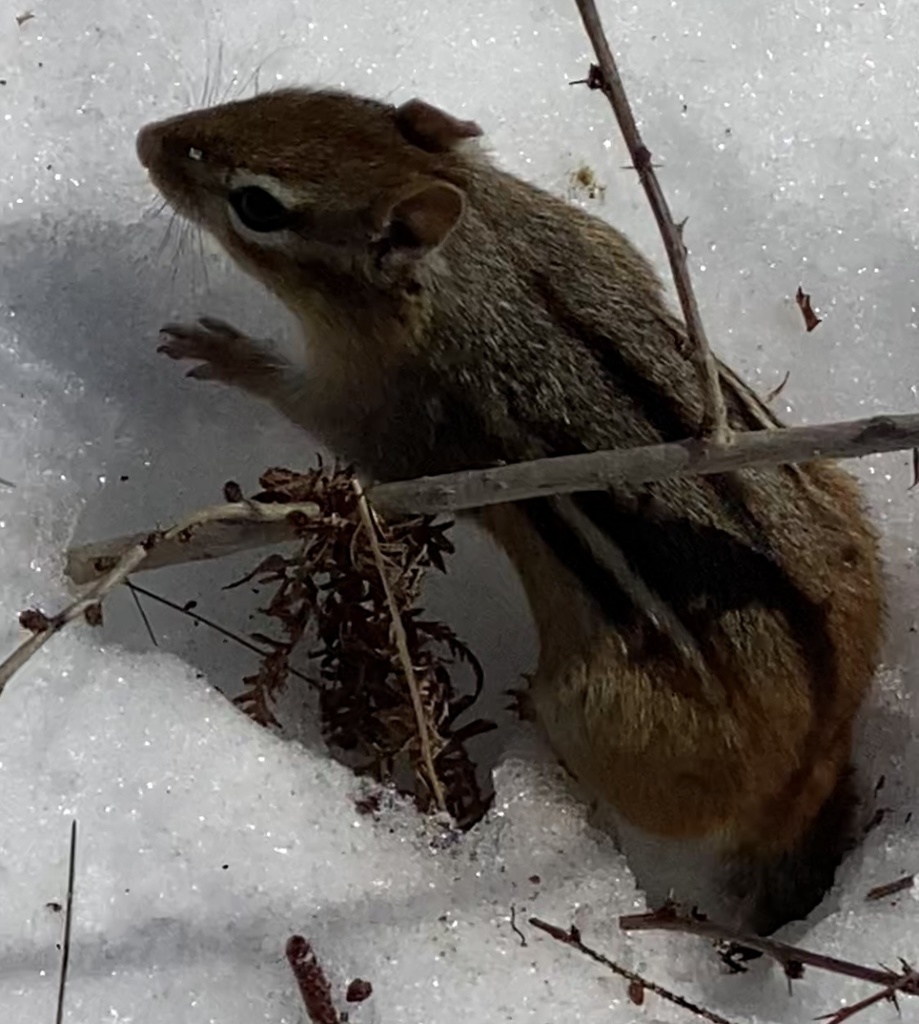In warmer months trees have leaves, flowers, and catkins that help with identification. In the winter, bark, buds, and branches are the most helpful. Here are some suggestions for observing trees in winter:
Deciduous Trees--Buds
Tree buds are where leaves will grow as the weather warms in the spring. Buds can be found along twigs. When photographing buds, it is helpful to include the end of the twig and some of the buds along the twig. This will show whether or not the twig has a terminal bud and if the tree's branching pattern is opposite or alternate. The shape and color of twigs are also useful clues.

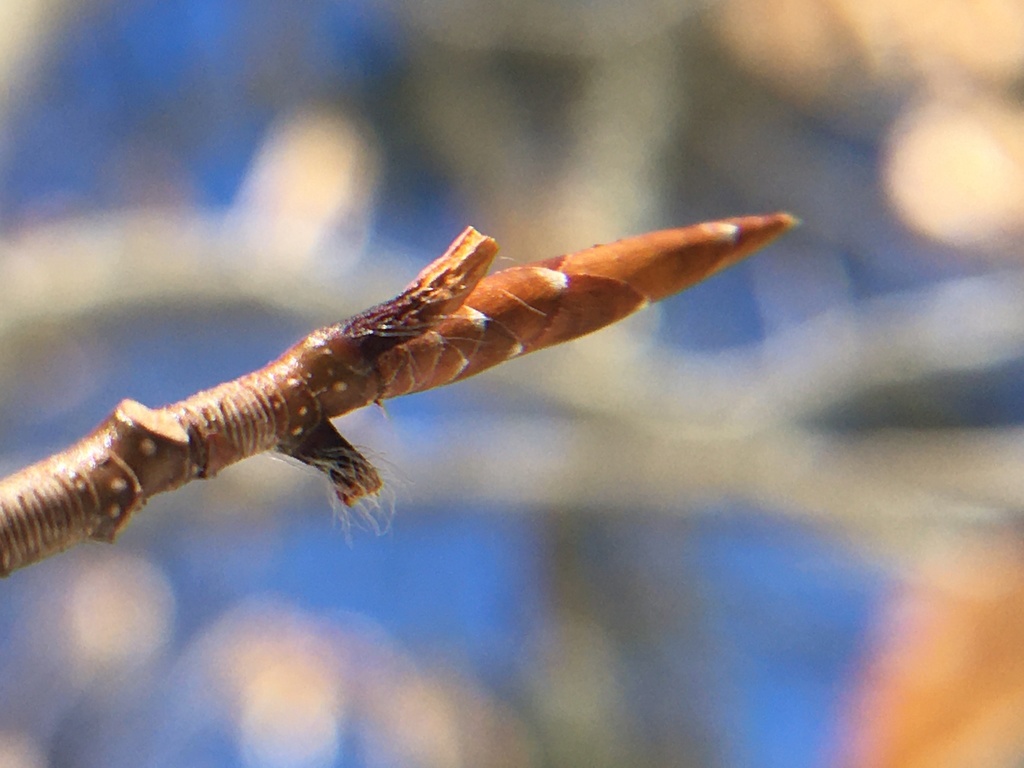

Conifers--Needles
Conifers like fir, pine, and spruce keep their needles in winter, so photographing the needles is helpful for making identifications. The shape of the needles, way needles attach to the branch, and number of needles in a bunch are all helpful.
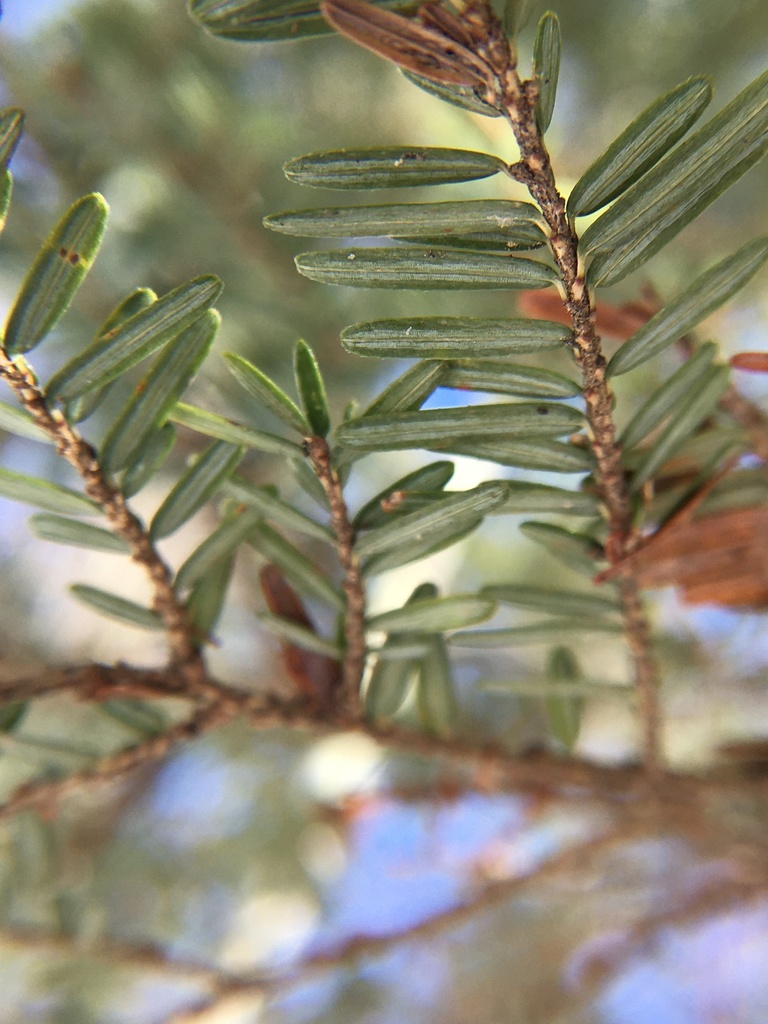

All Trees
Bark-- Bark is also helpful to photograph. The color and texture of tree bark can provide clues that help identify the tree. On some trees, like sugar maples, bark texture changes with the tree's age.

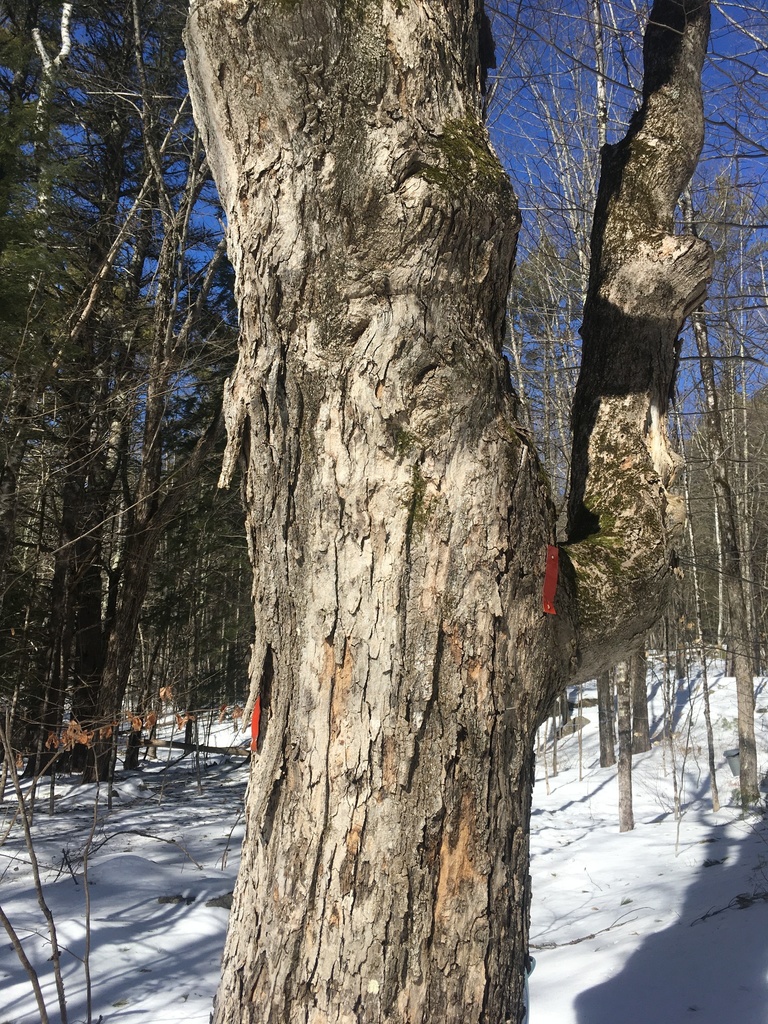

Shape--Including a picture of the whole tree shows its overall shape and growth pattern. These pictures are most helpful when it is easy to tell which tree is being observed (left). It is less helpful when the tree and its branches blend in with all the other trees in the forest around it (right).
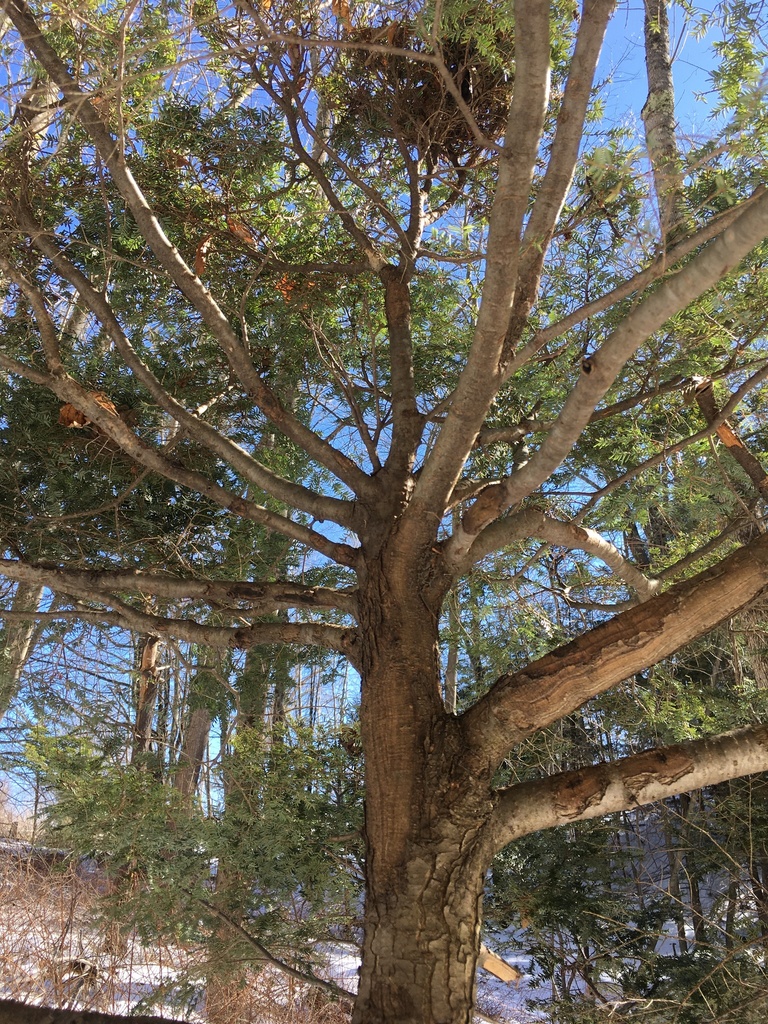
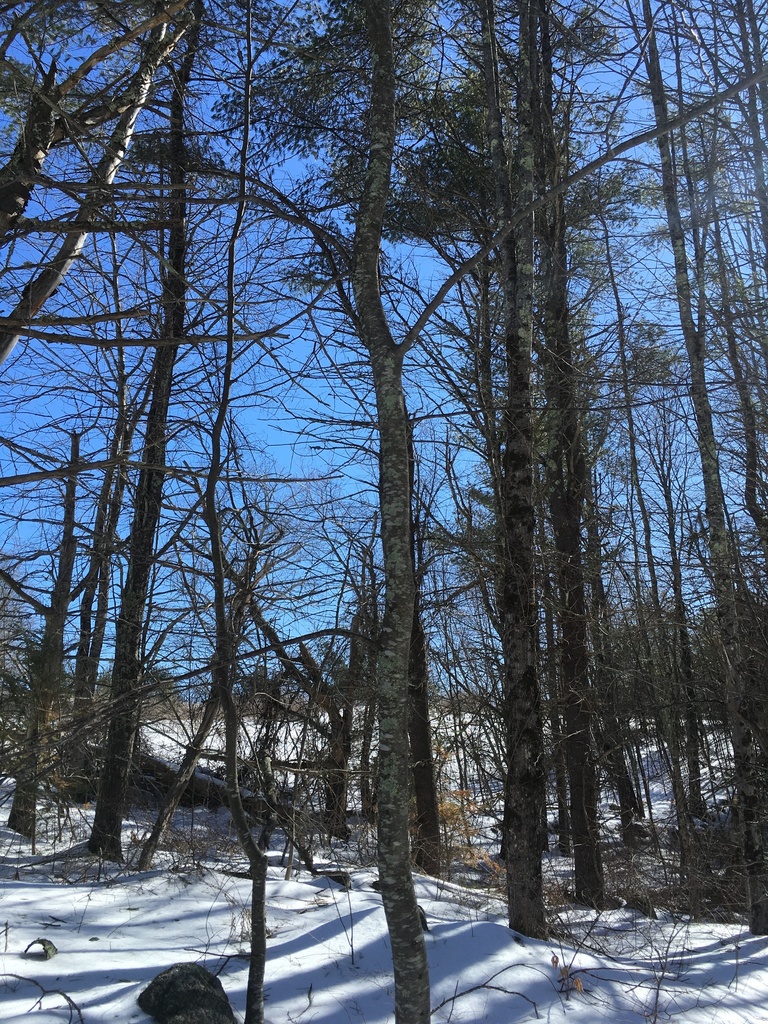
Other--Other characteristics of trees can also be photographed if present. These could include cones, nuts, or leaves.
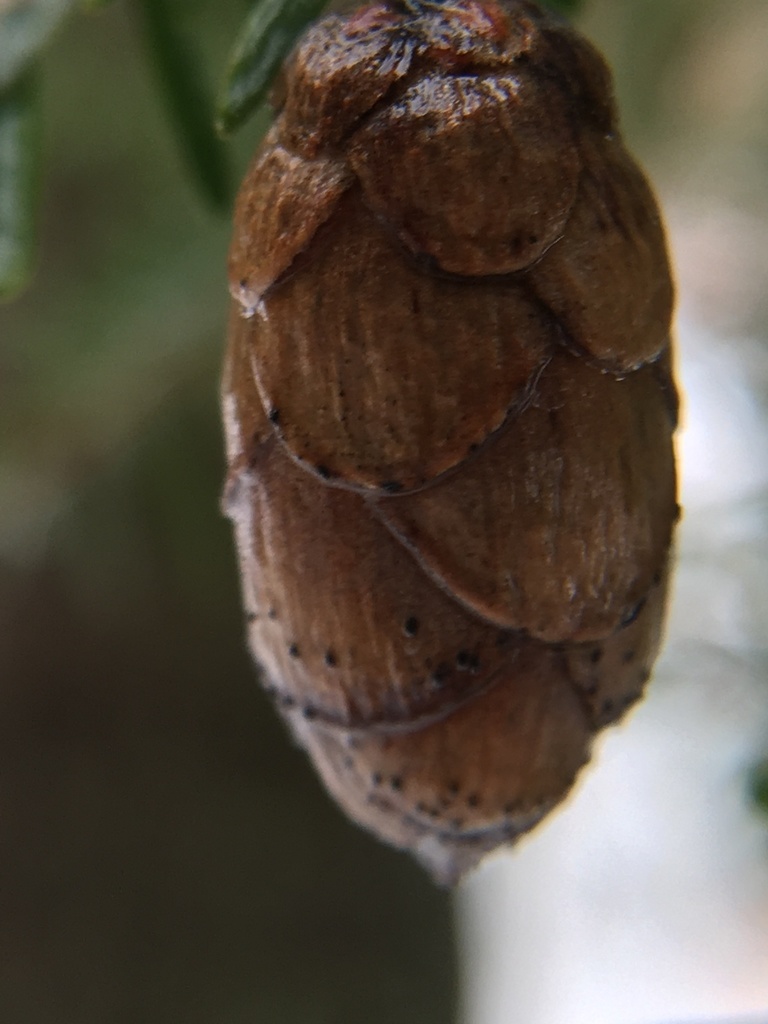
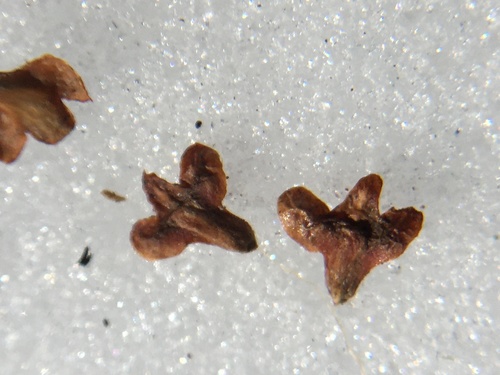
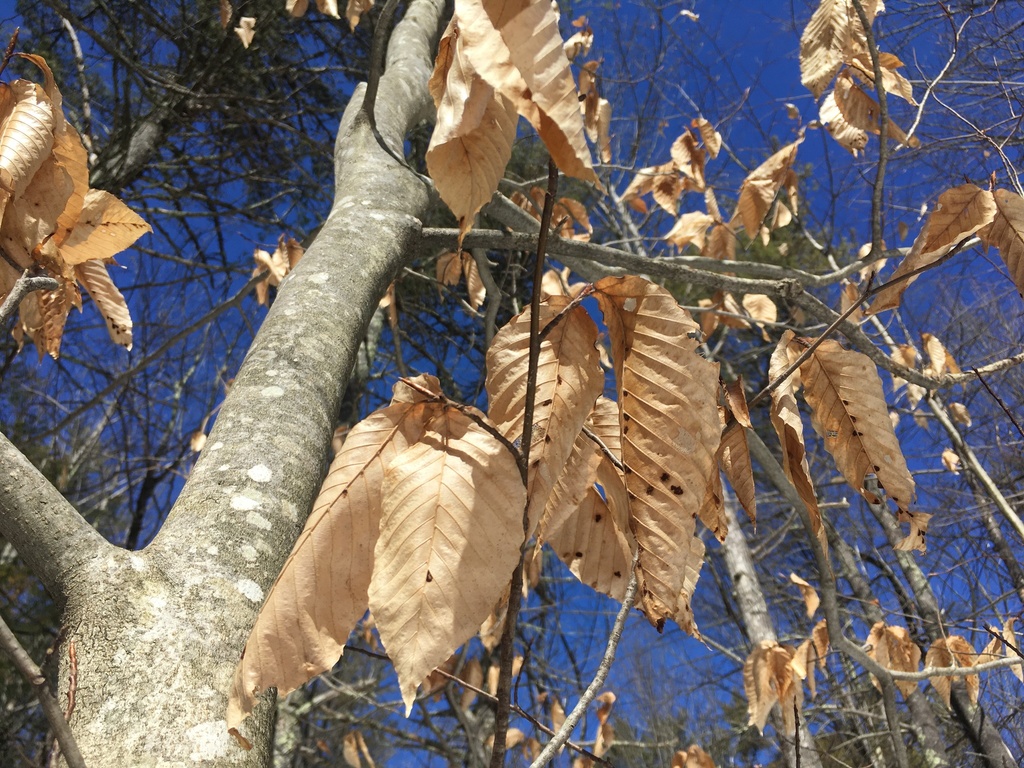
Getting Close Enough
Since trees grow to be so tall, it is sometimes difficult to get close enough to see distinguishing characteristics. Sometimes trees will have one or two lower branches that are easier to see and photograph. Using binoculars can be helpful too. It is challenging to take a picture through binoculars, but characteristics observed this way can be included as a written comment. Another way of getting close enough to take a picture is finding branches that have blown to the ground. However, it is important to remember that once a twig, needle, branch, or leaf is detached from the tree it doesn't necessarily land next to the same kind of tree that it fell from.
Photo Credit: All photos by aspring and in the public domain.
